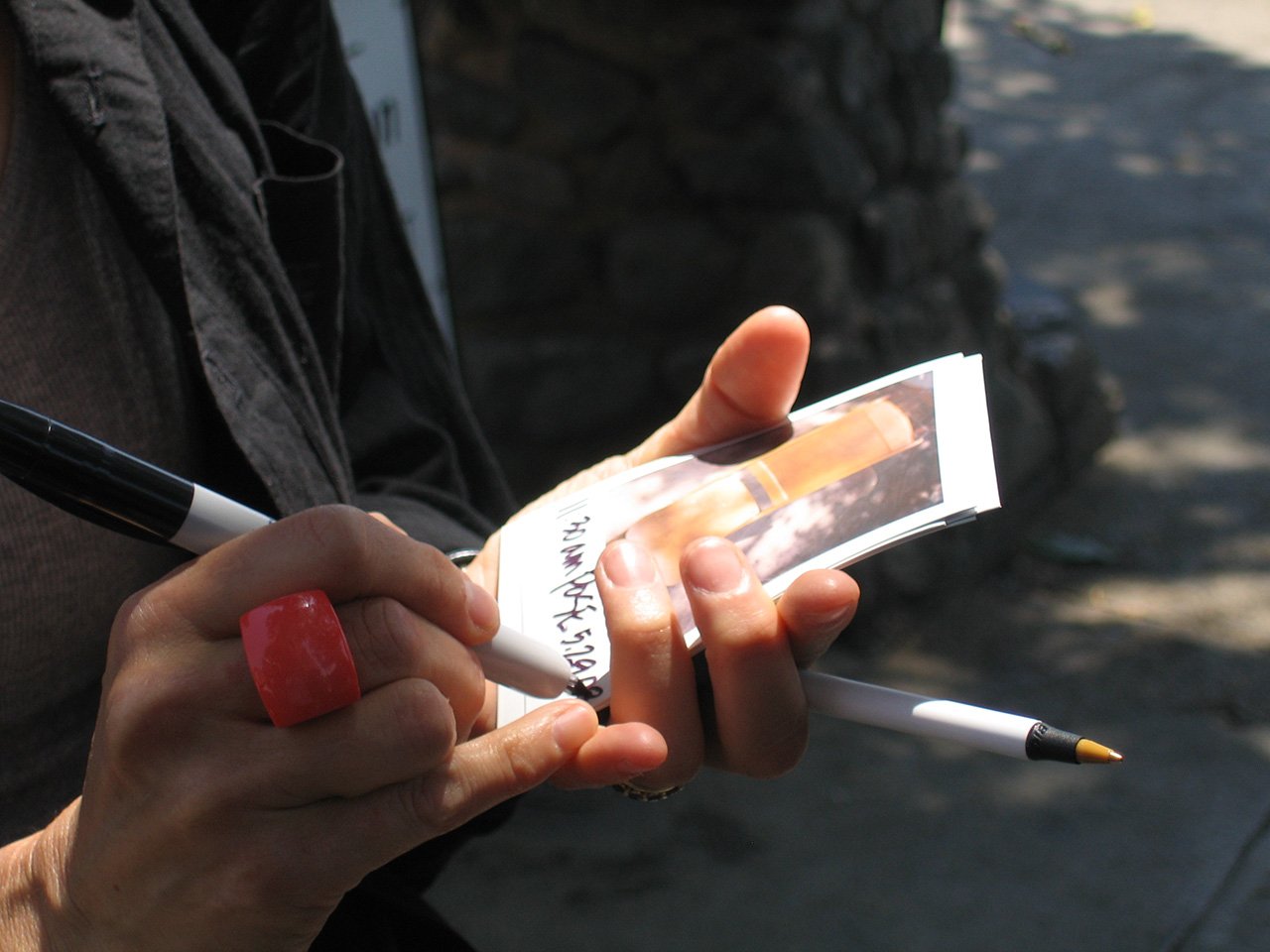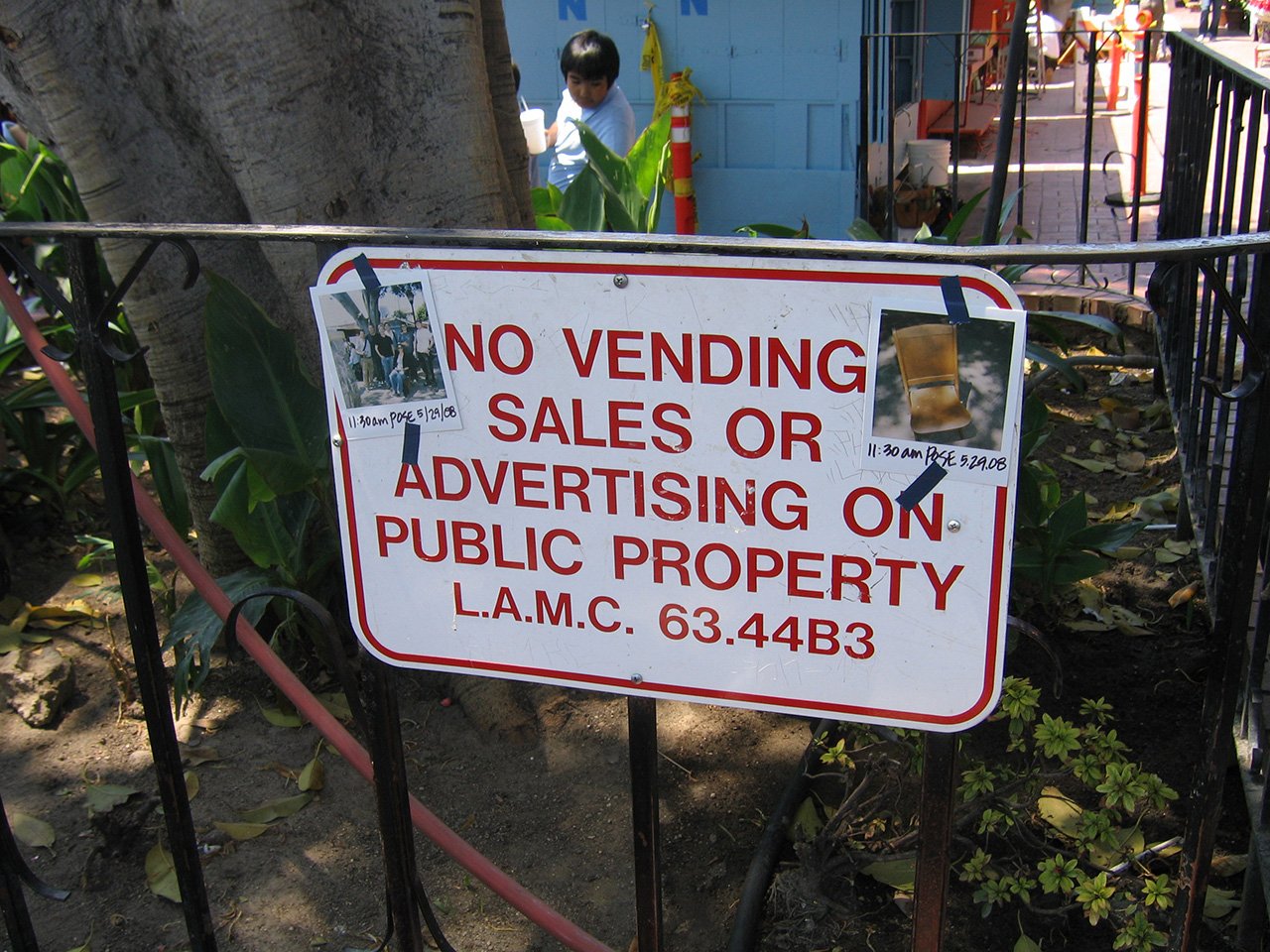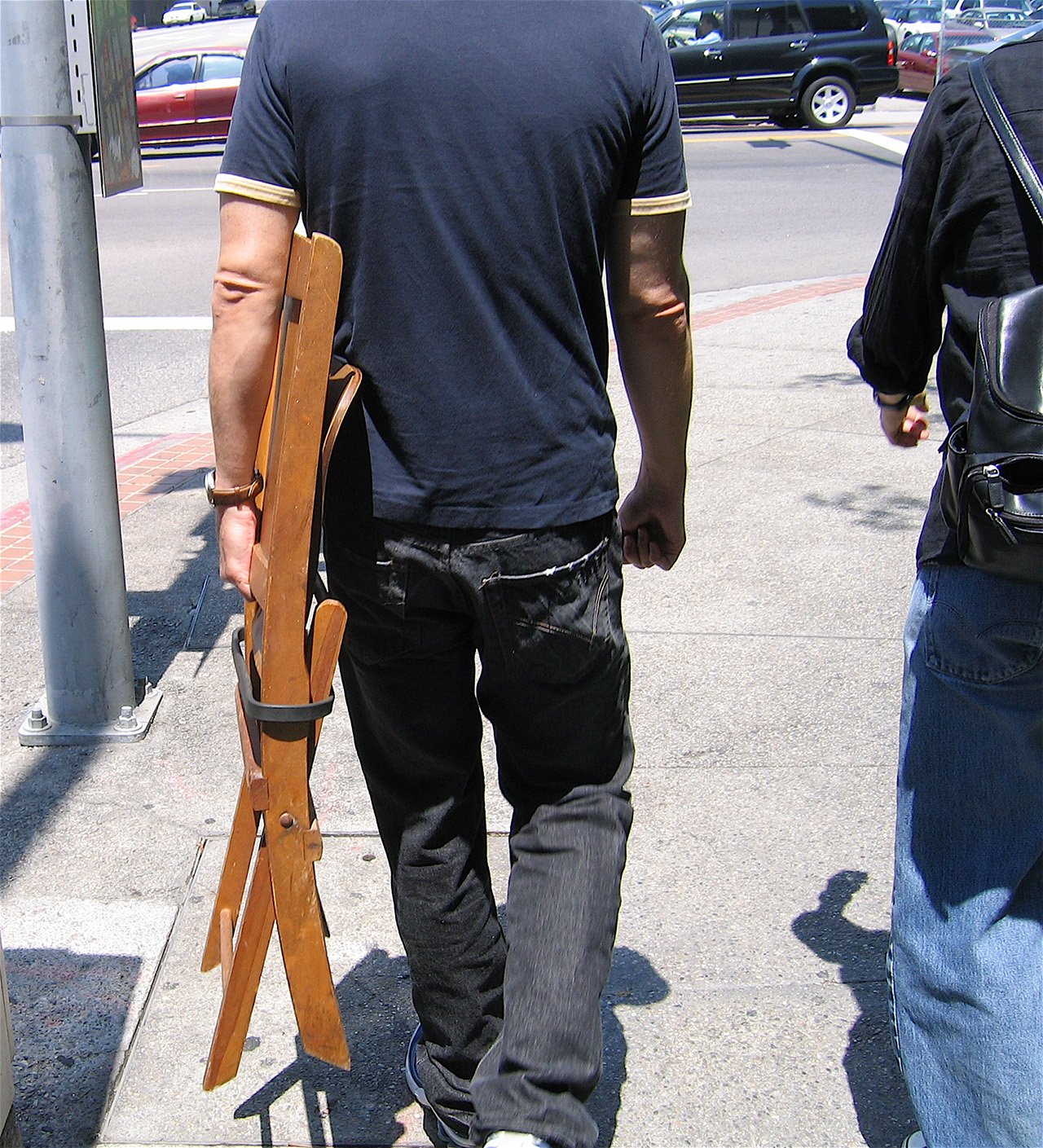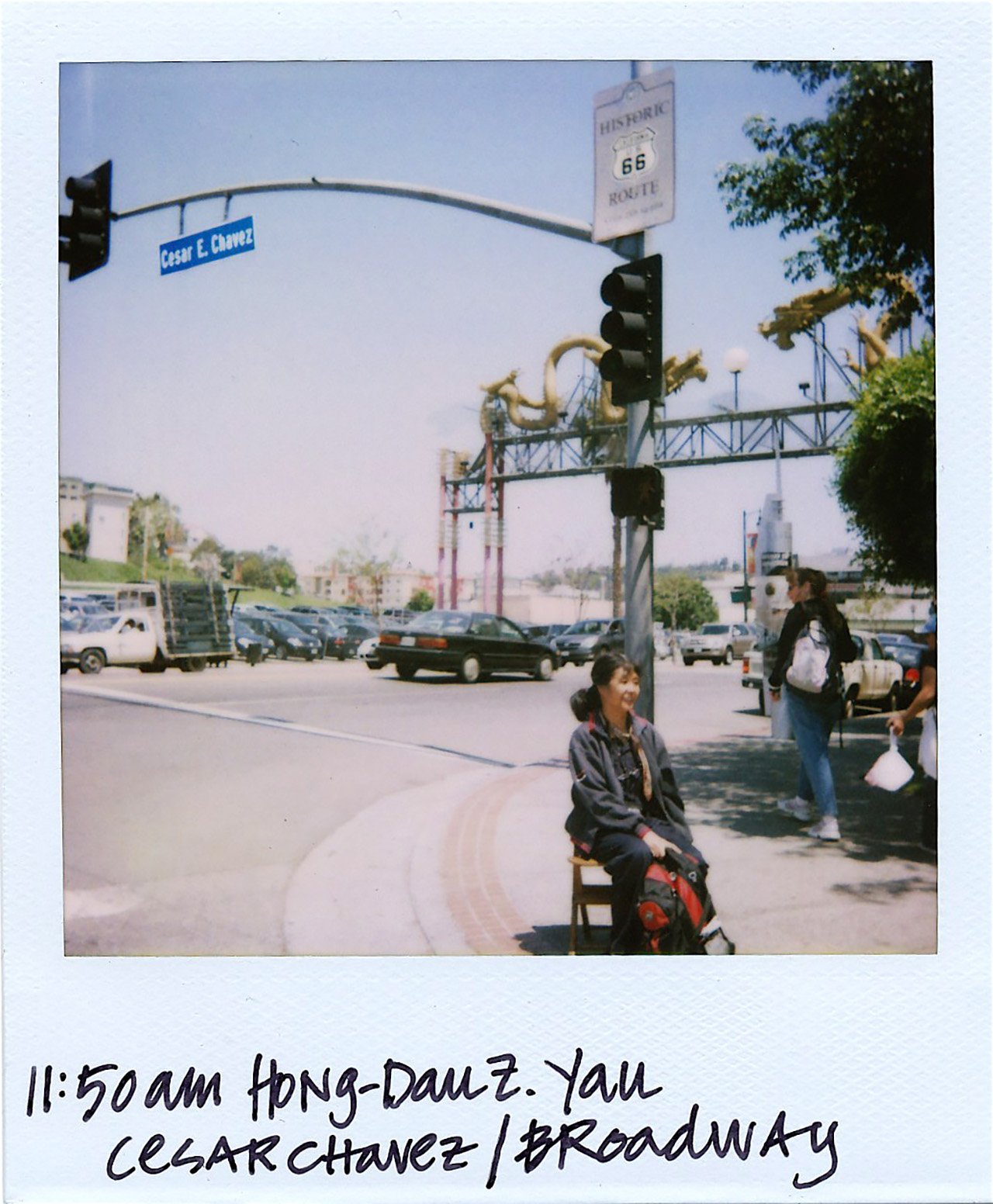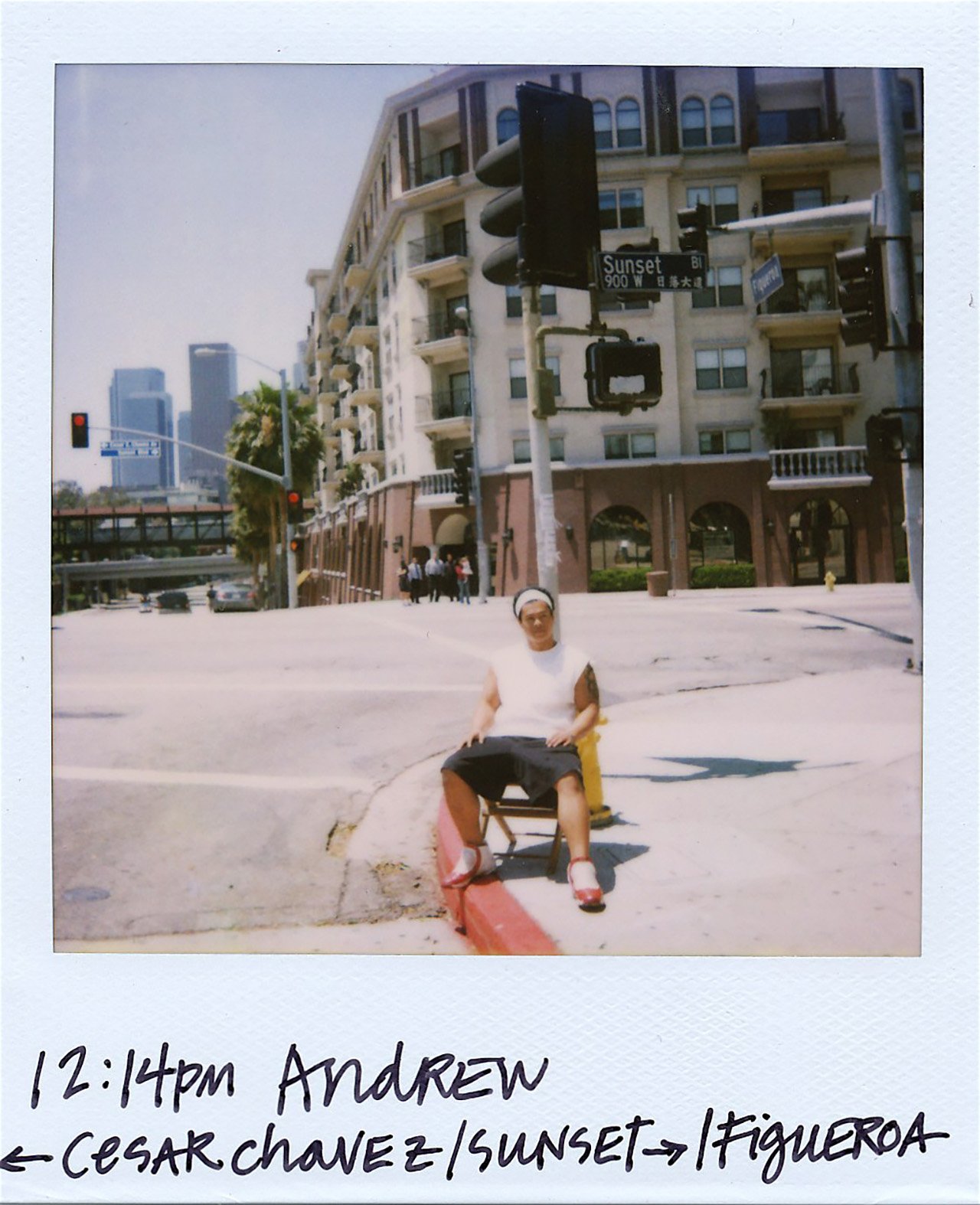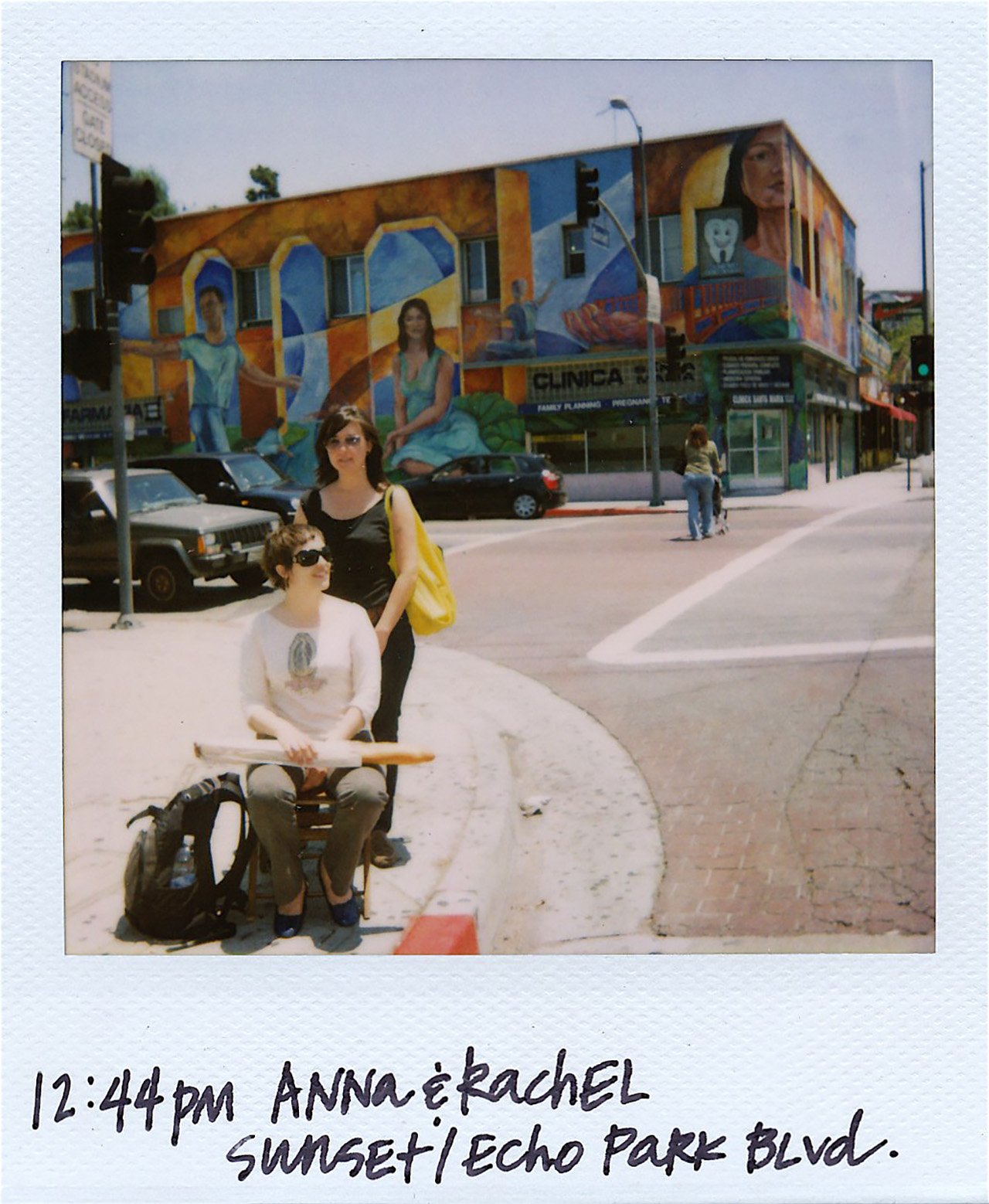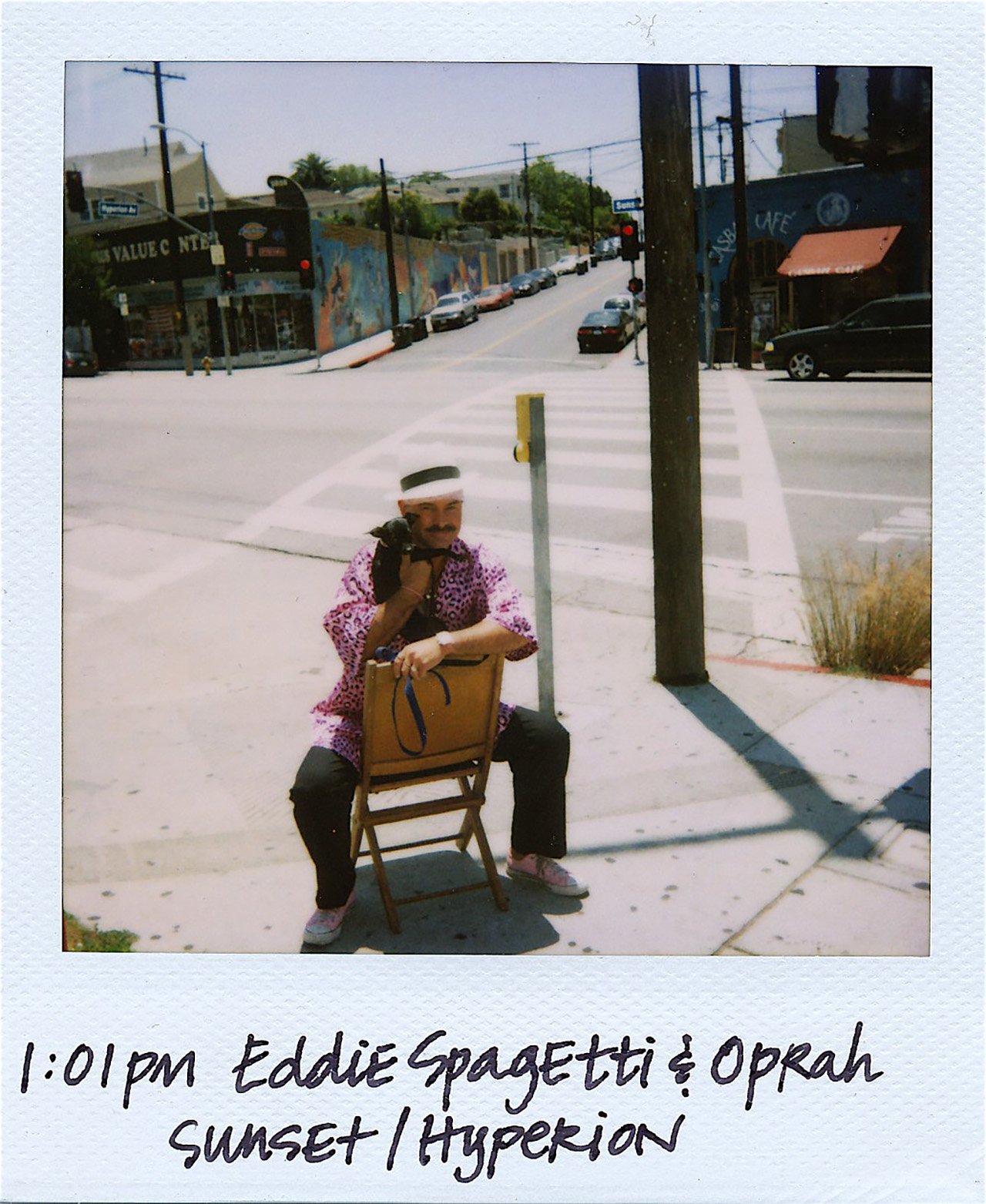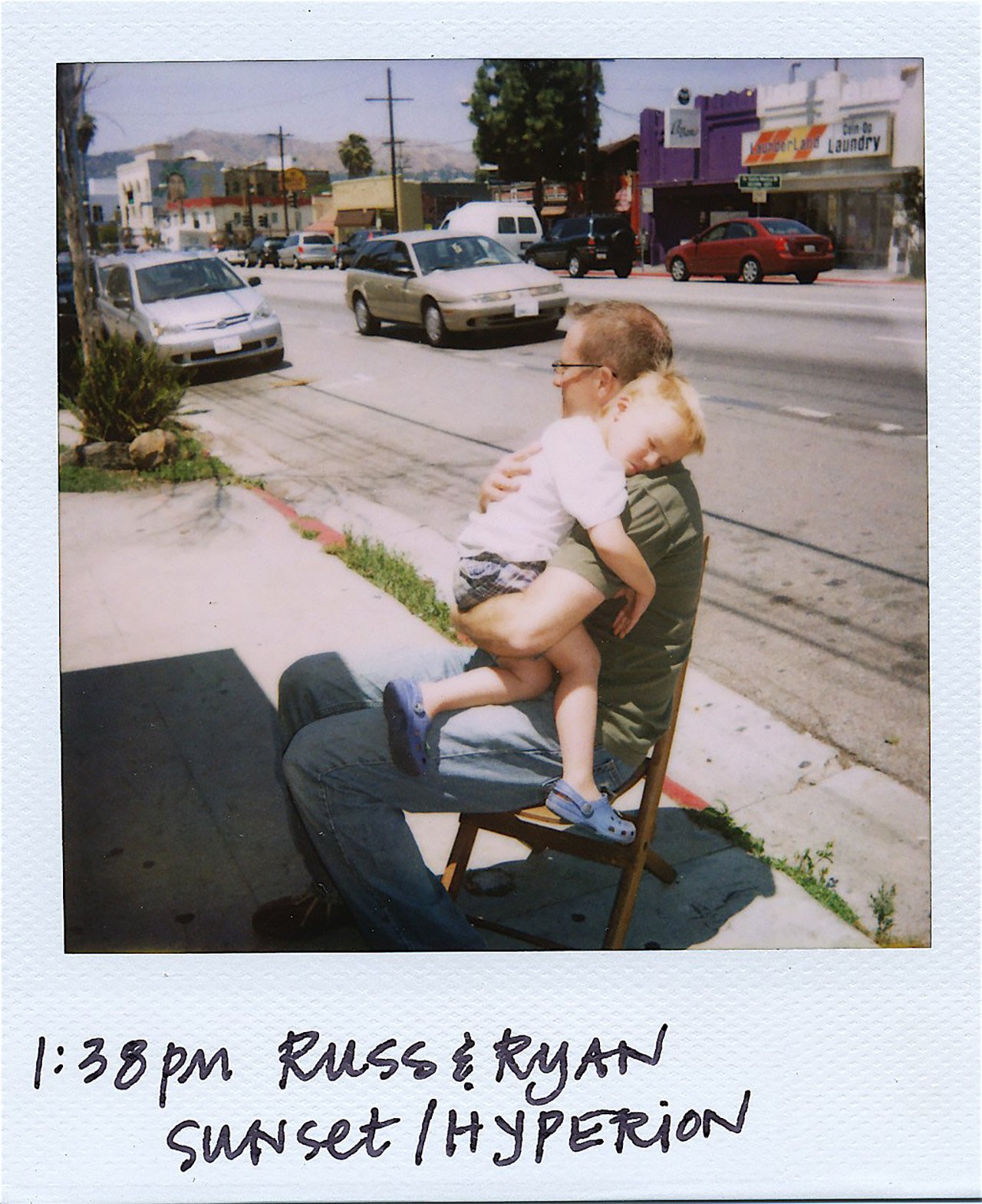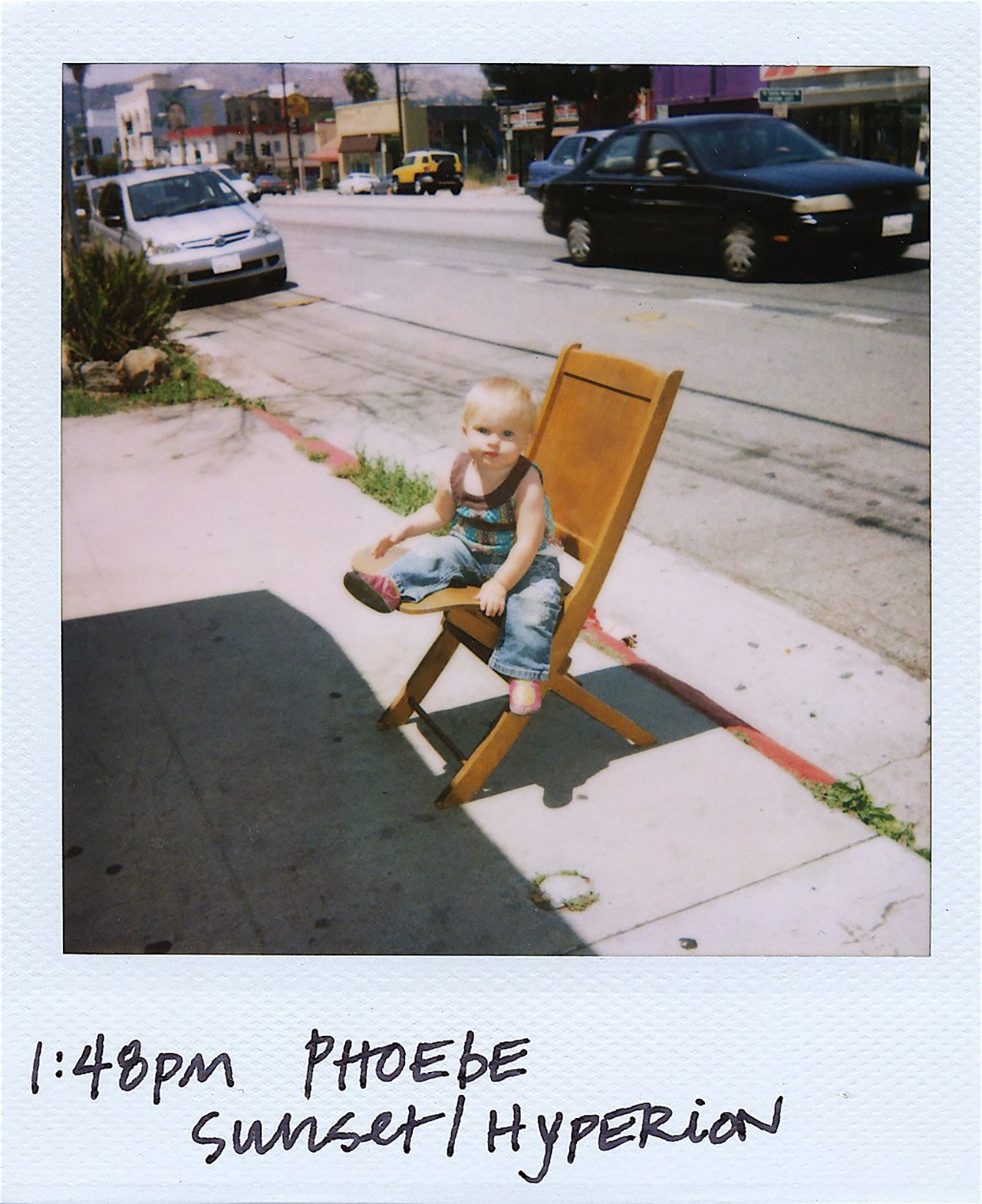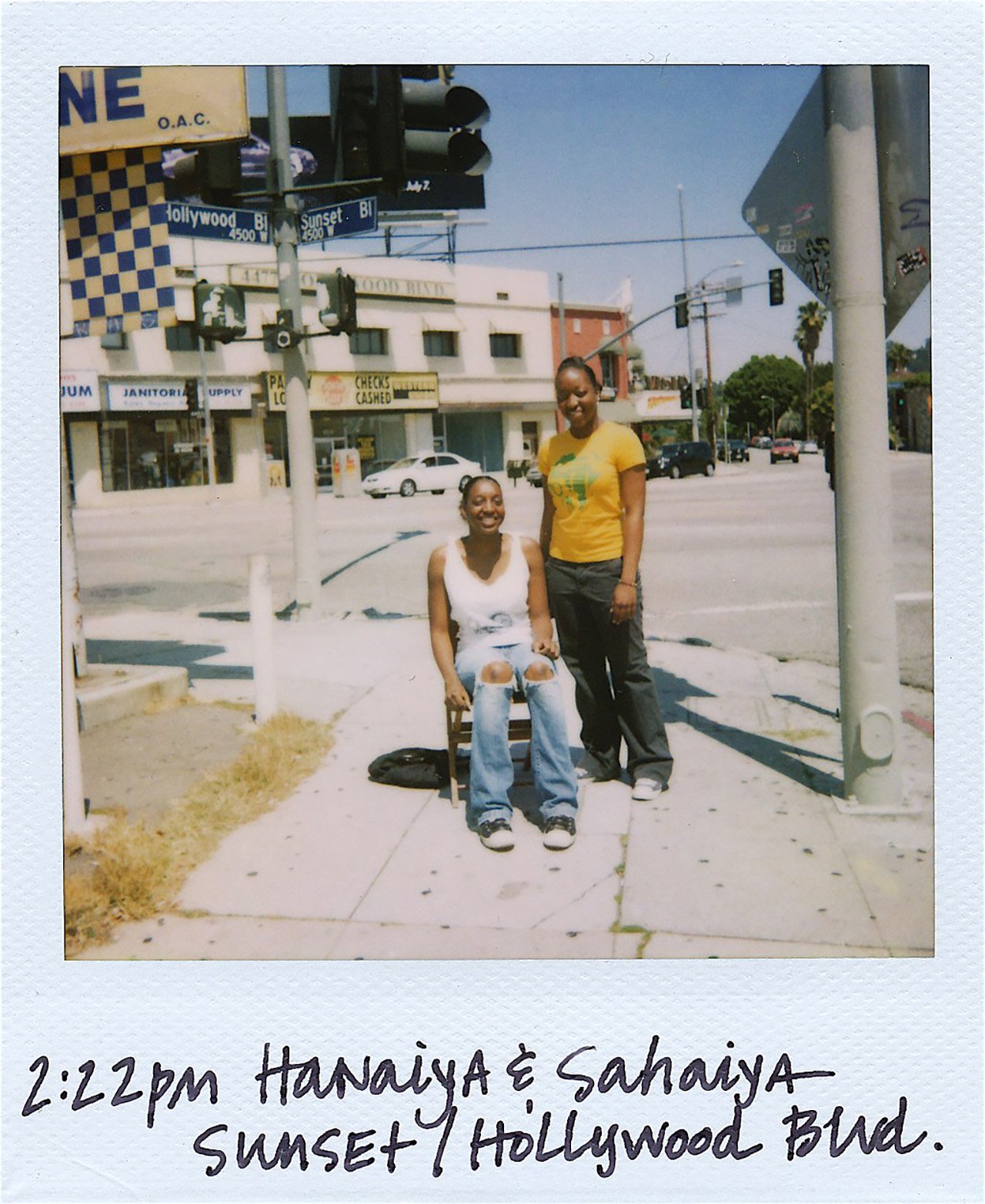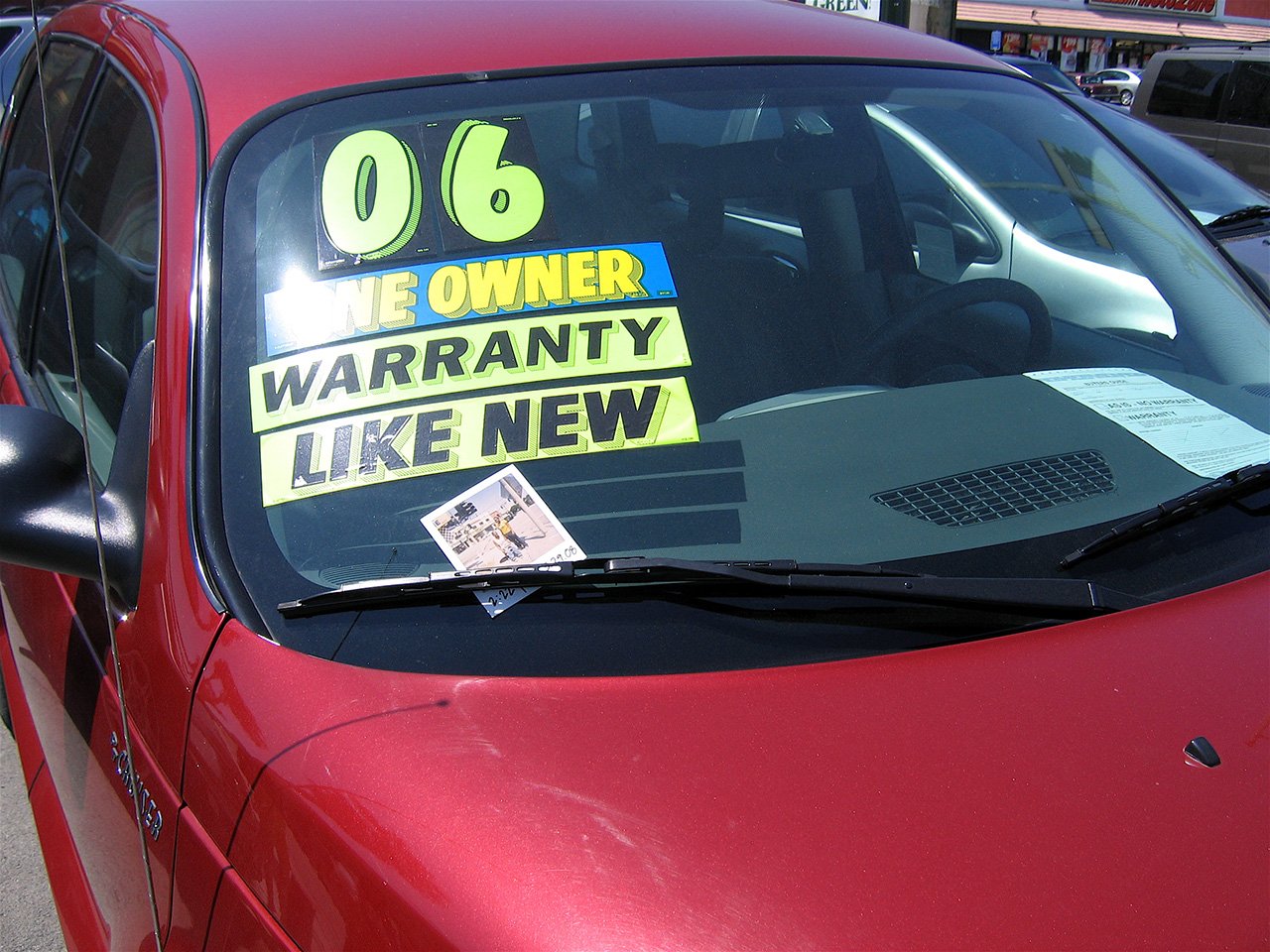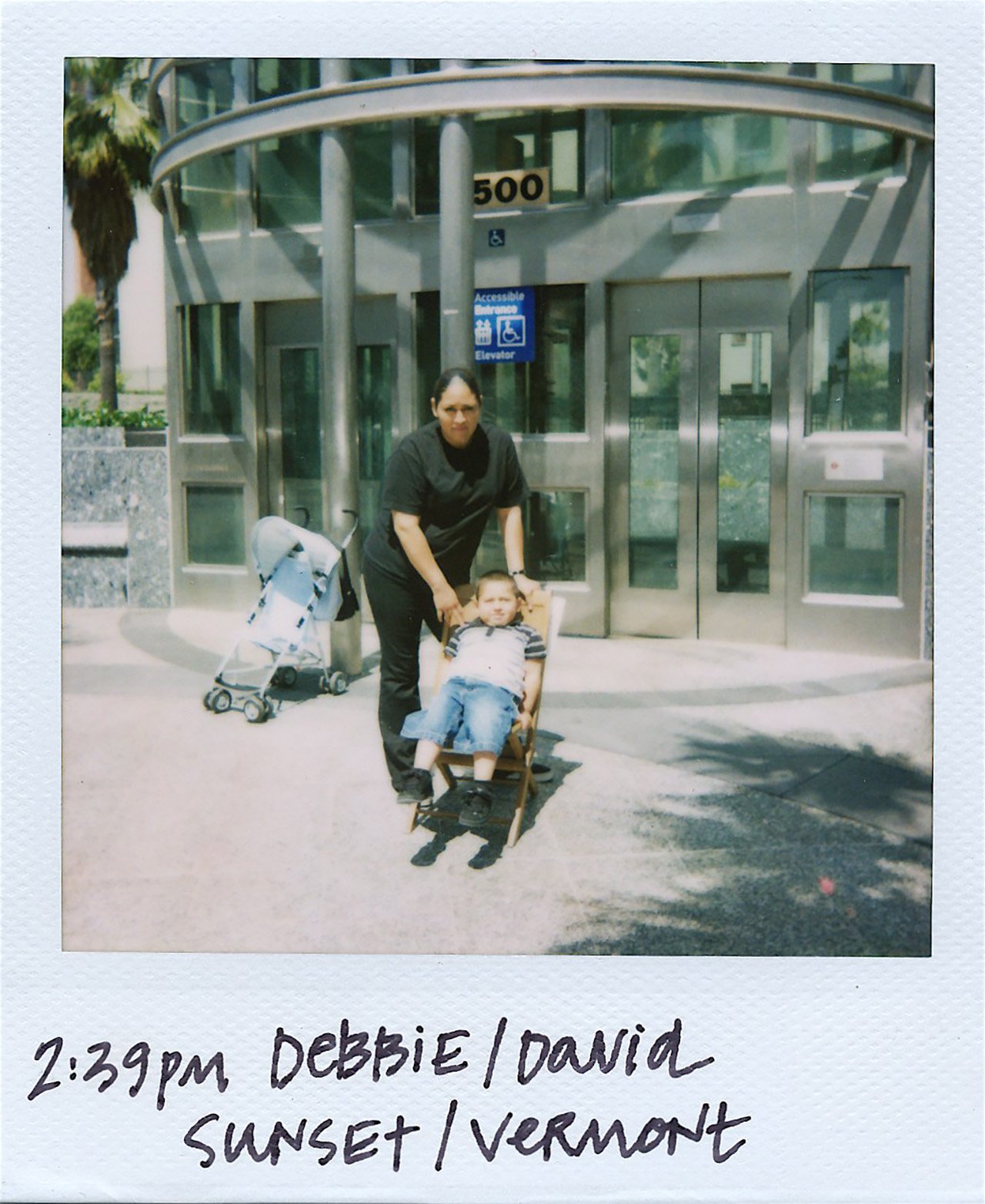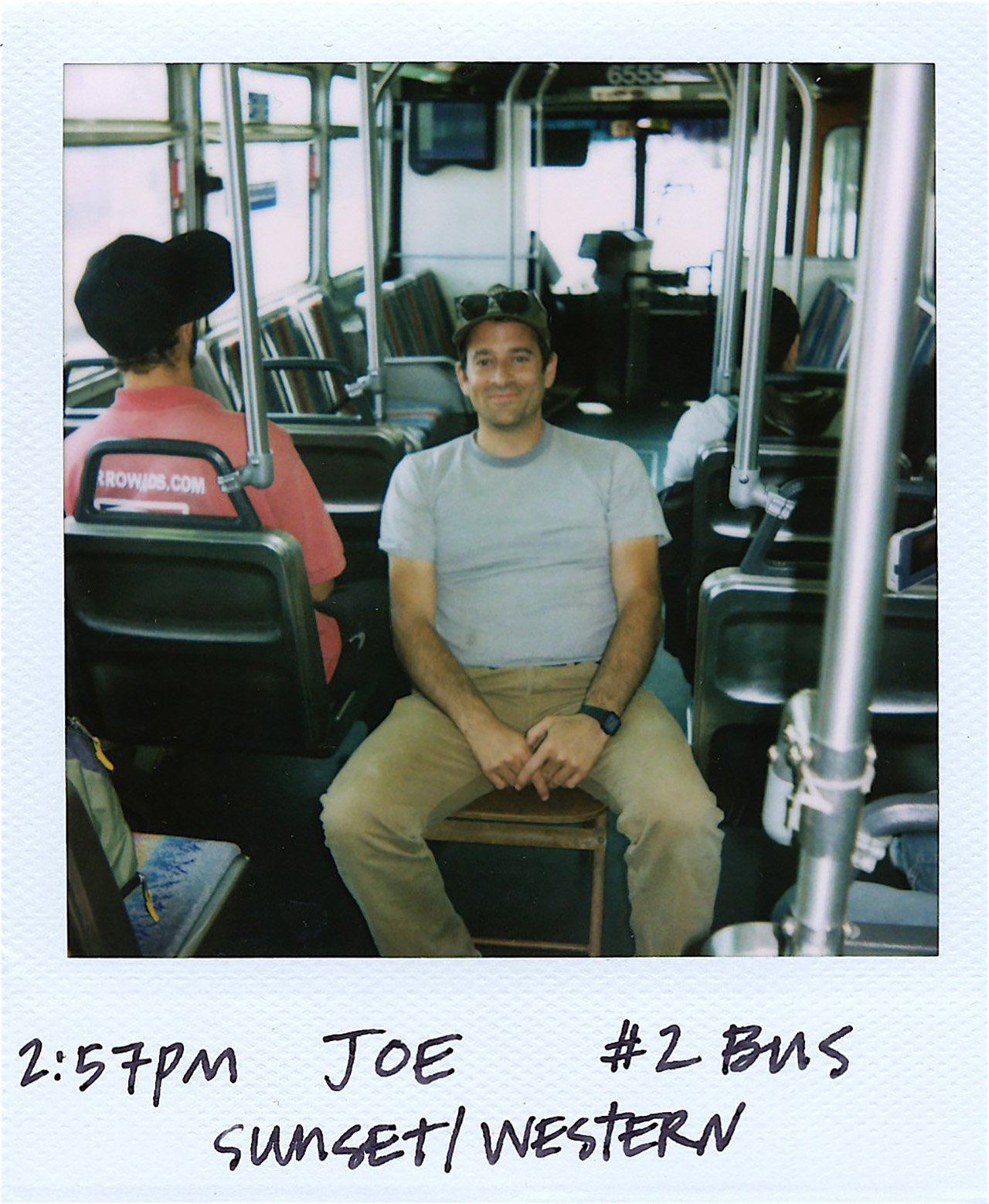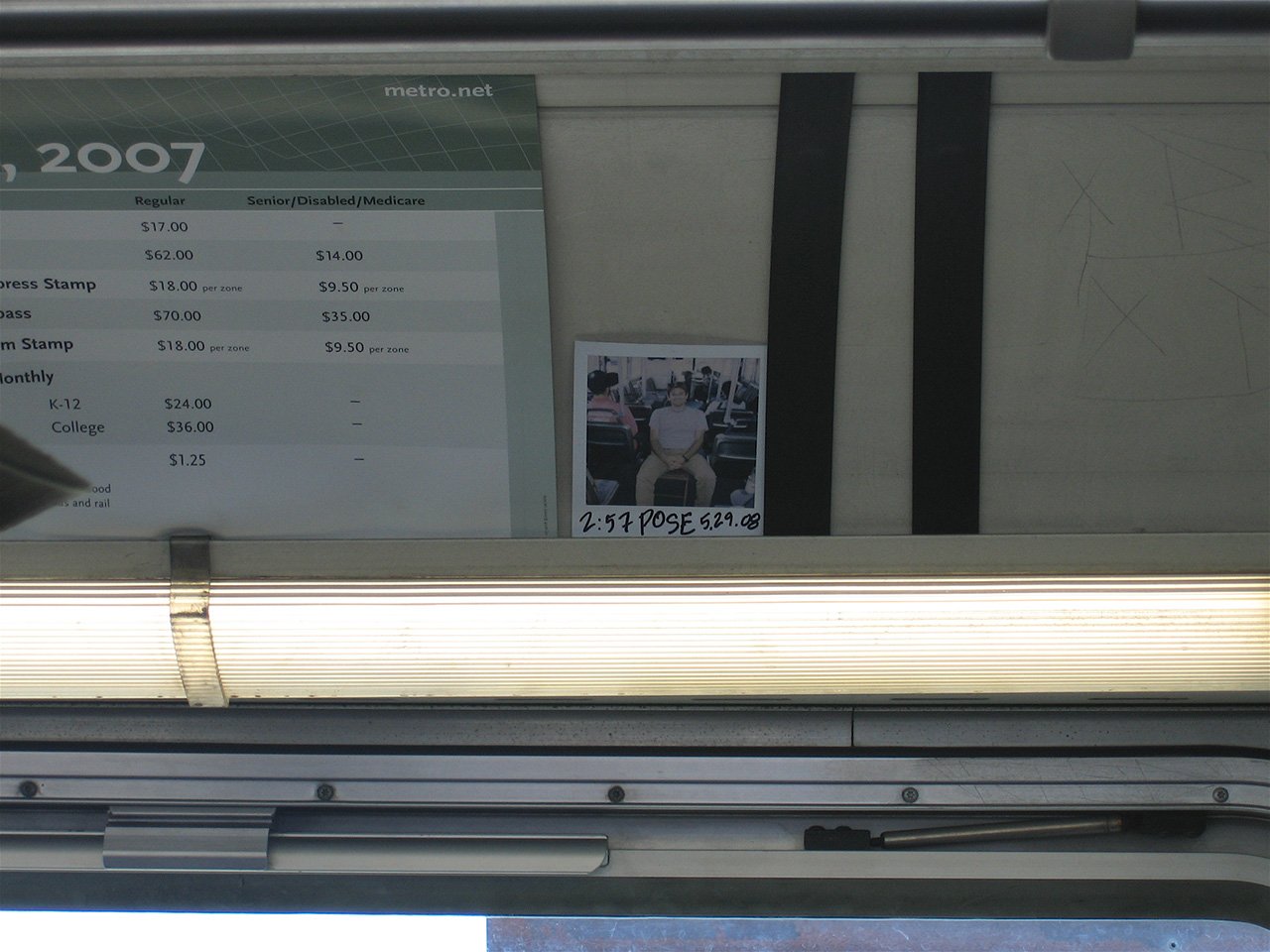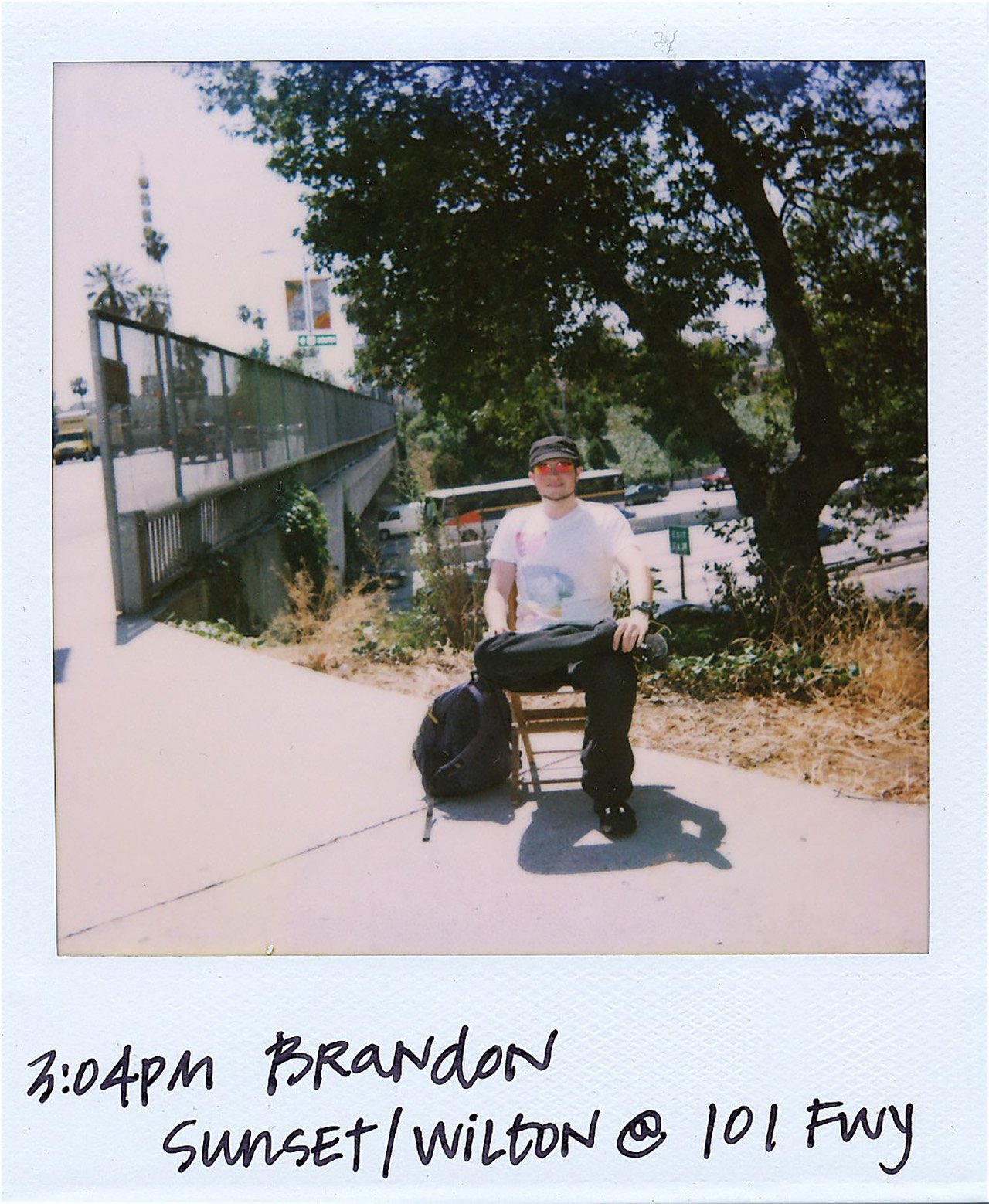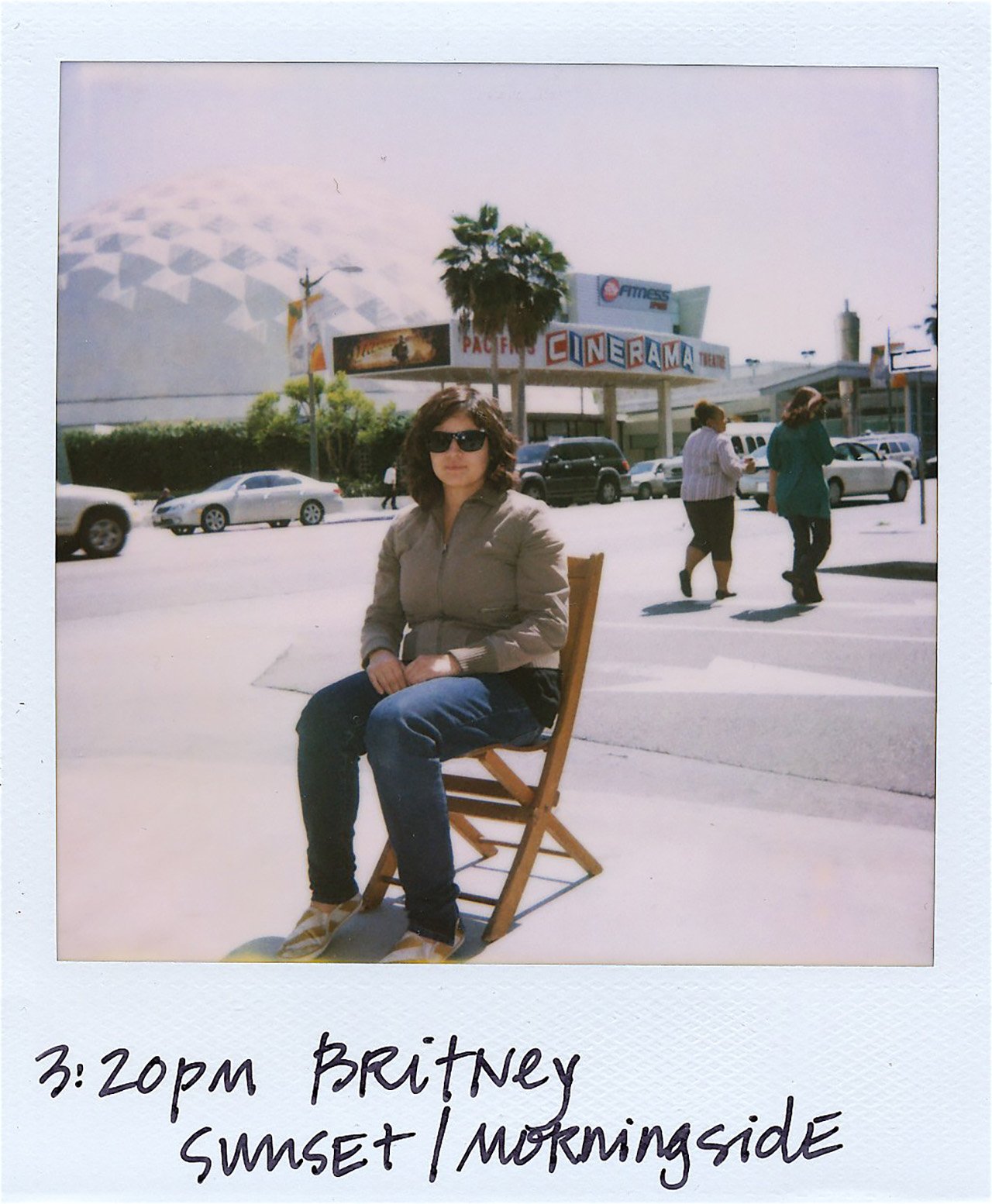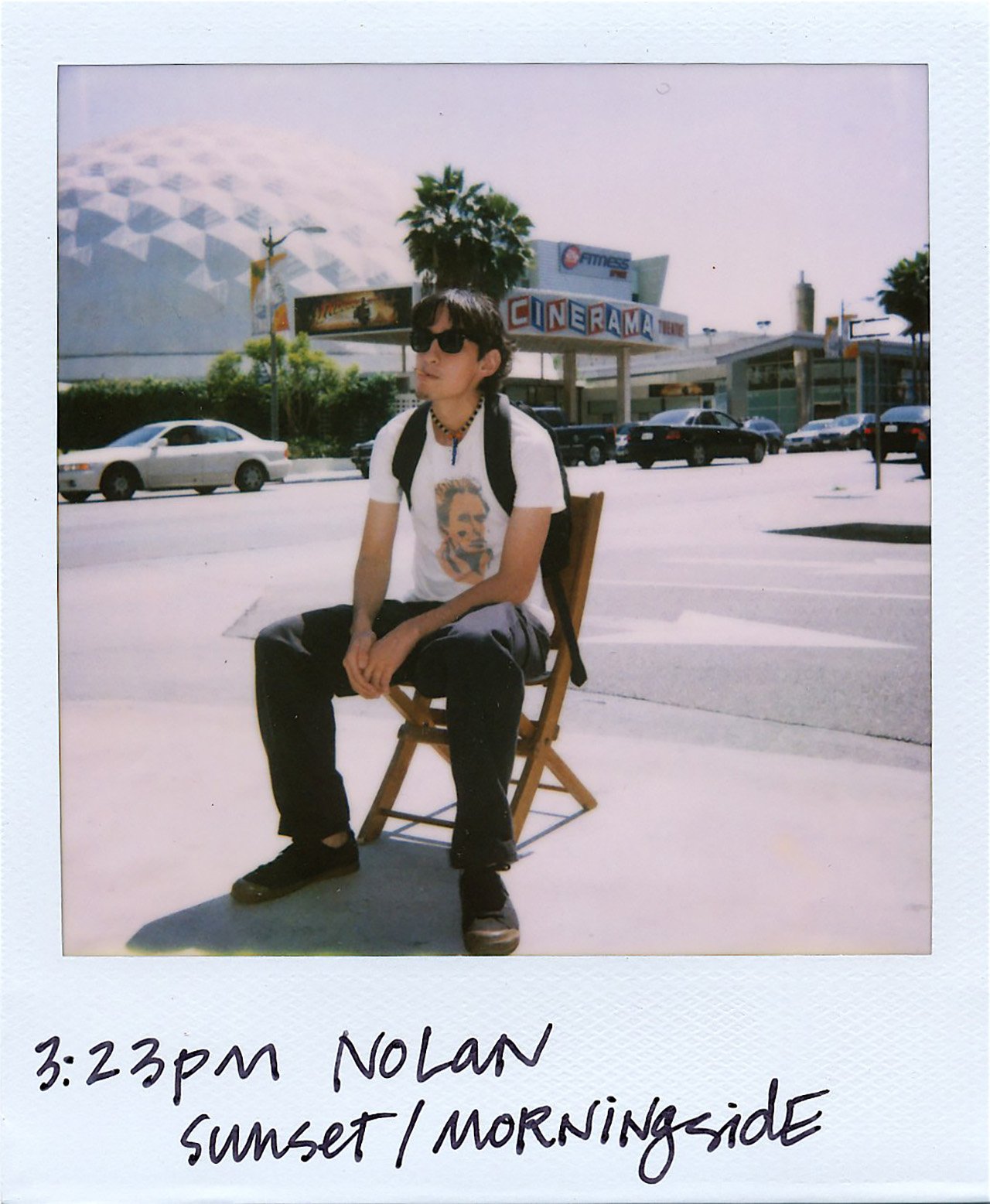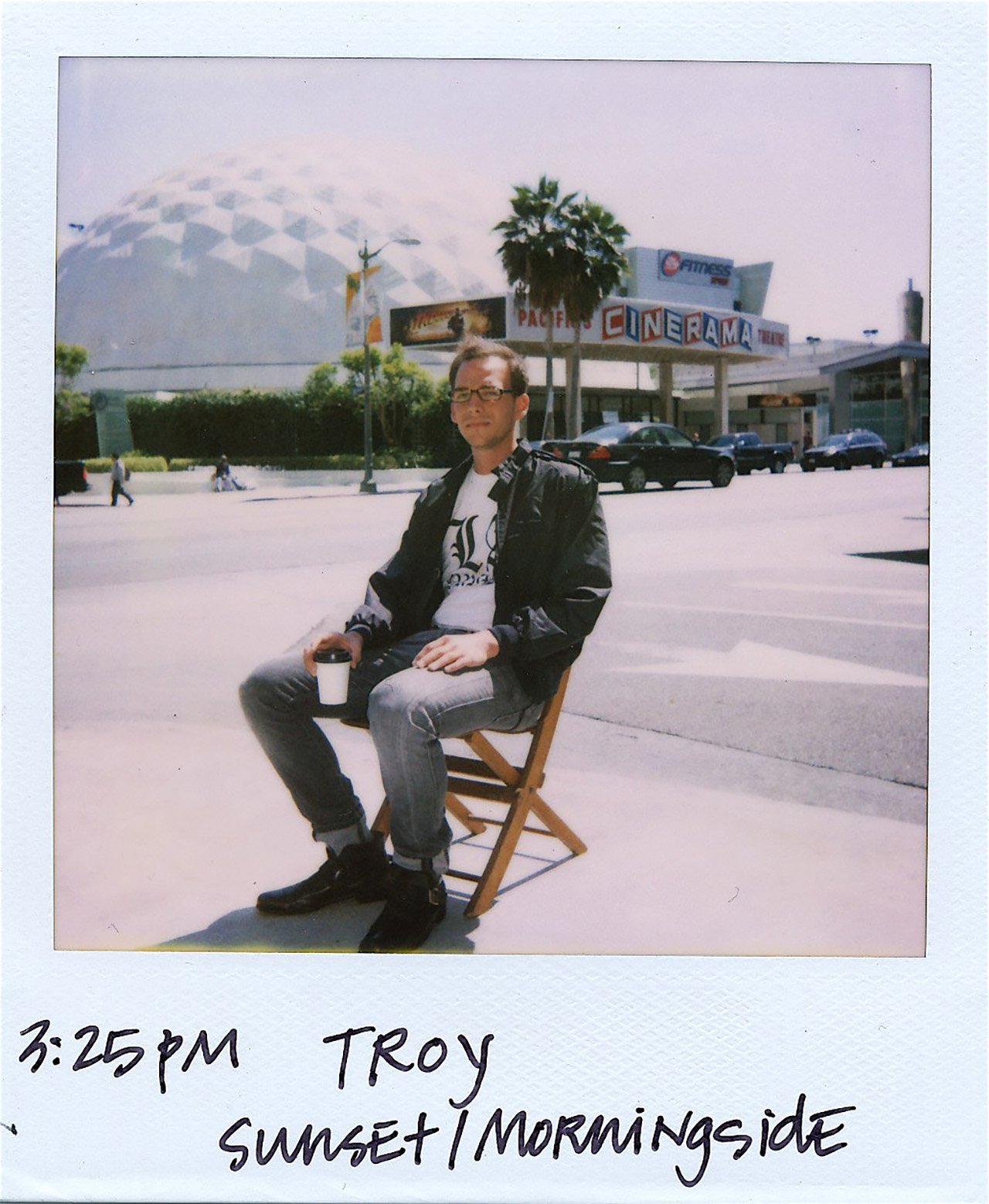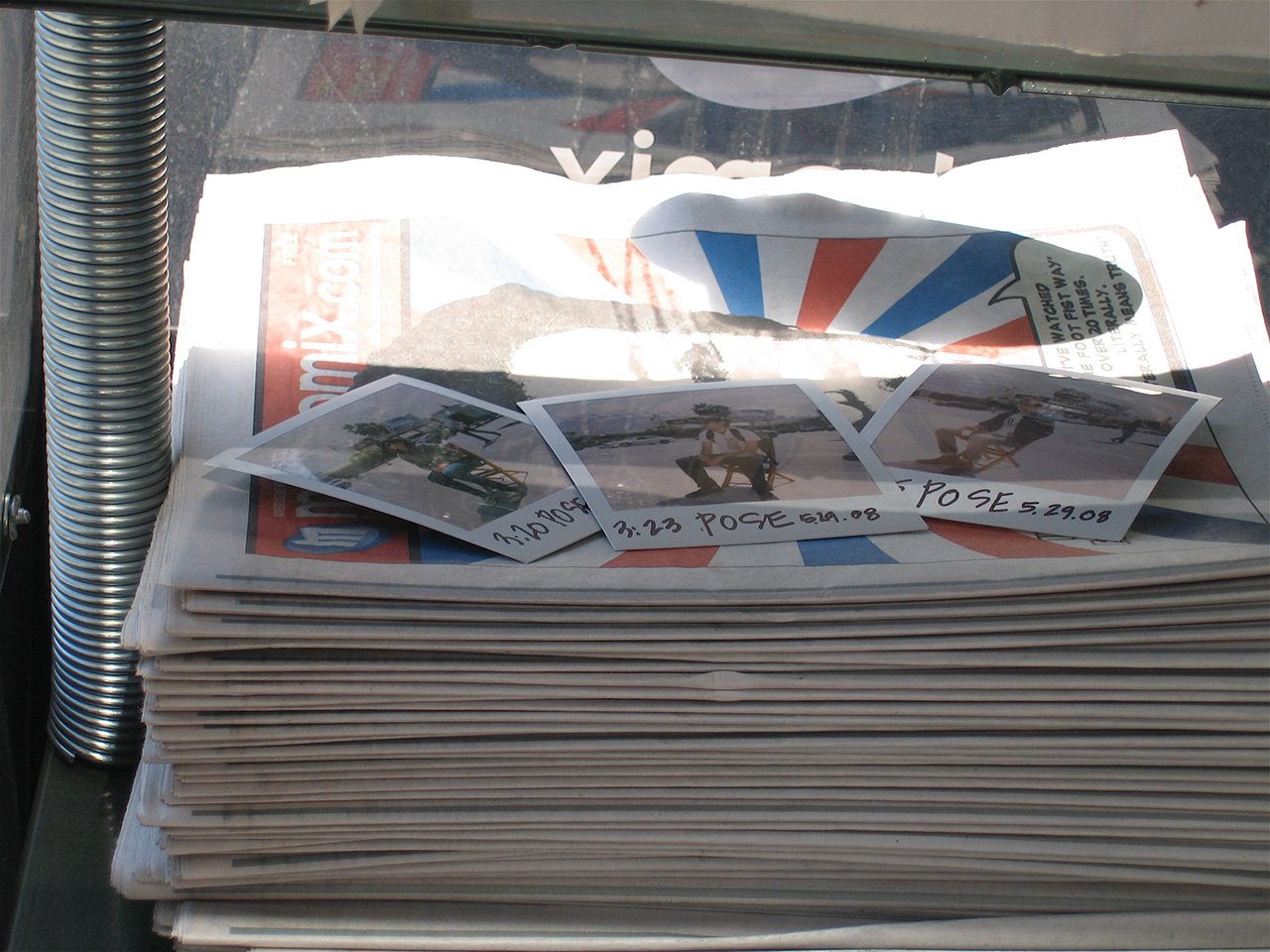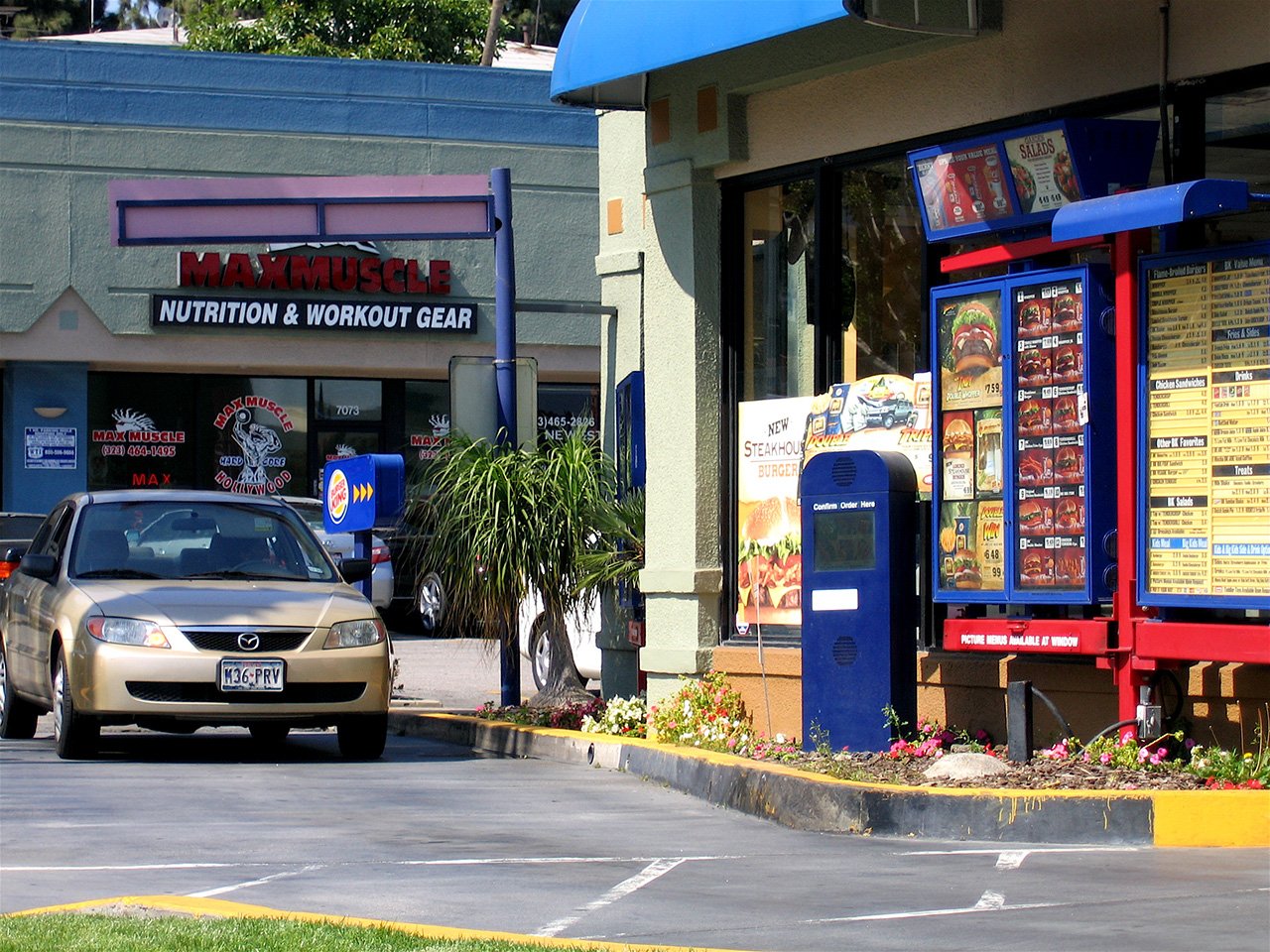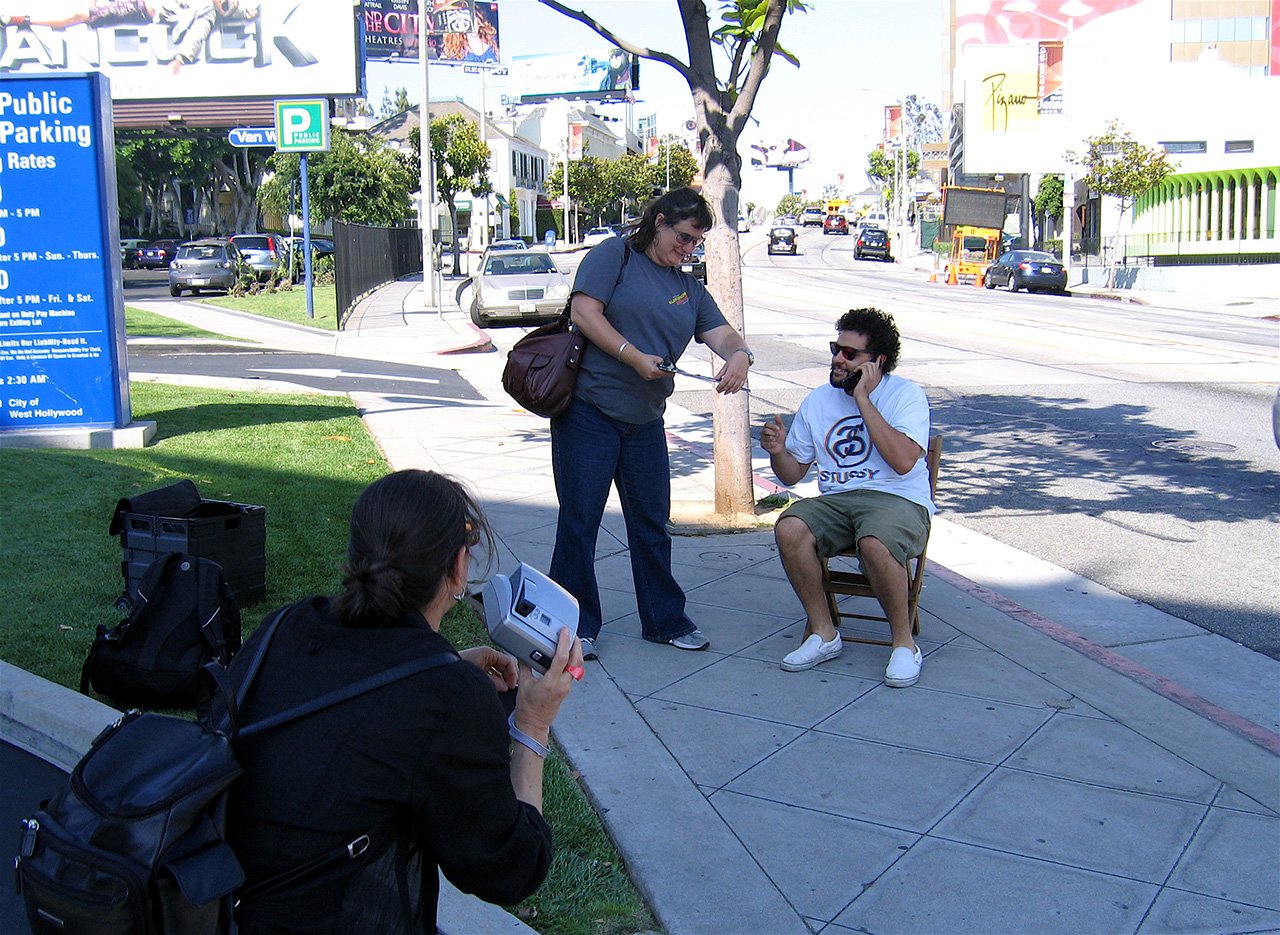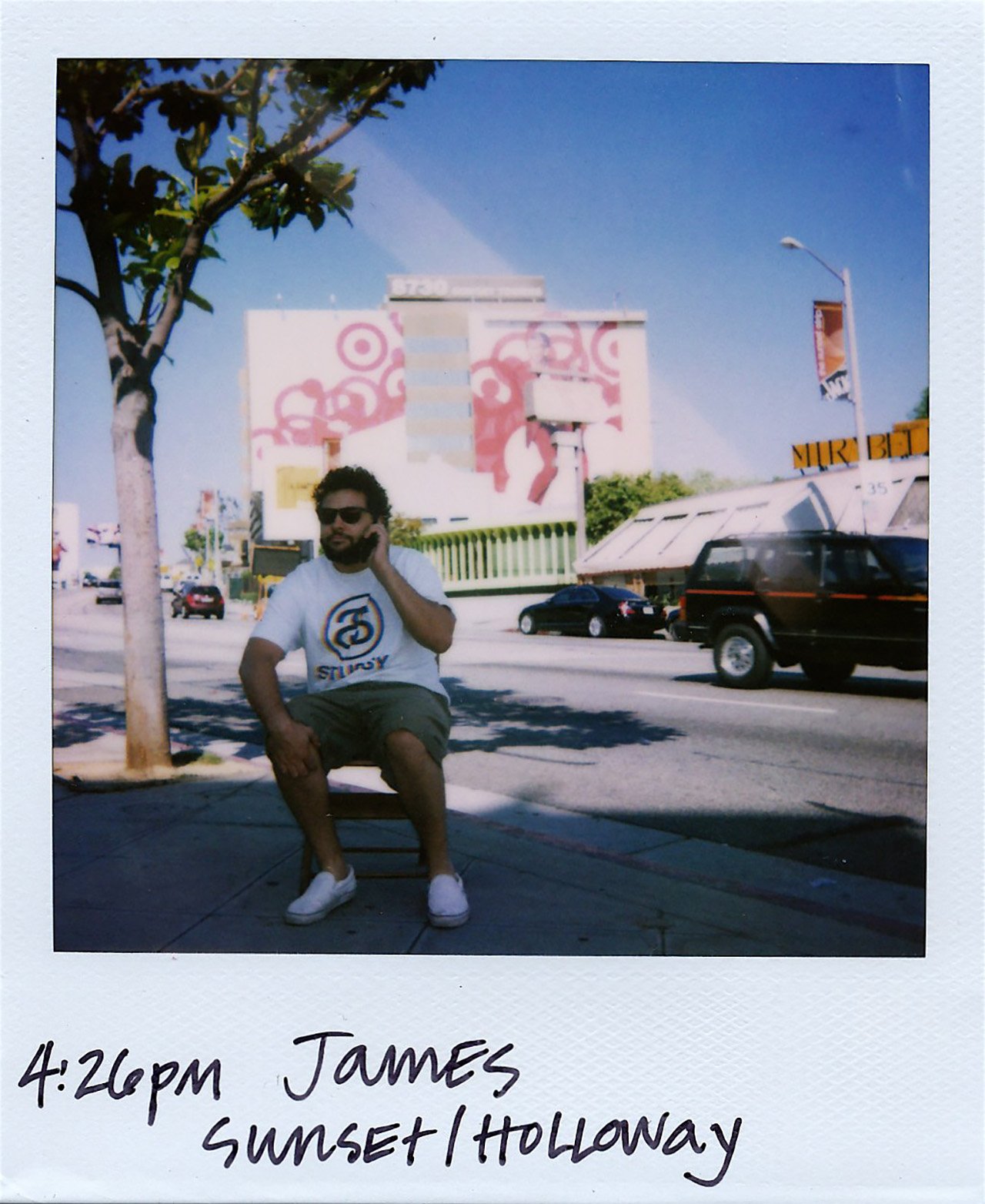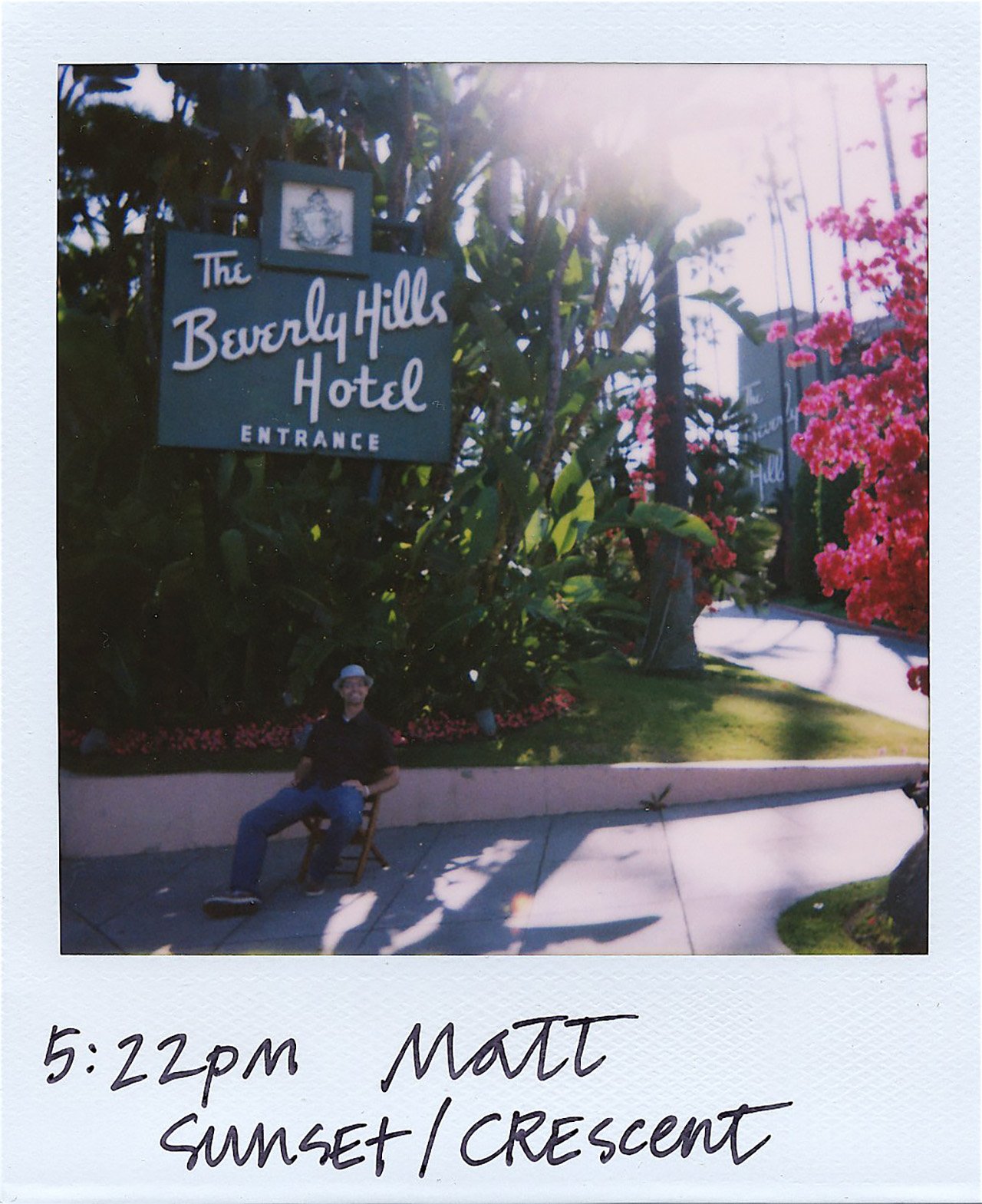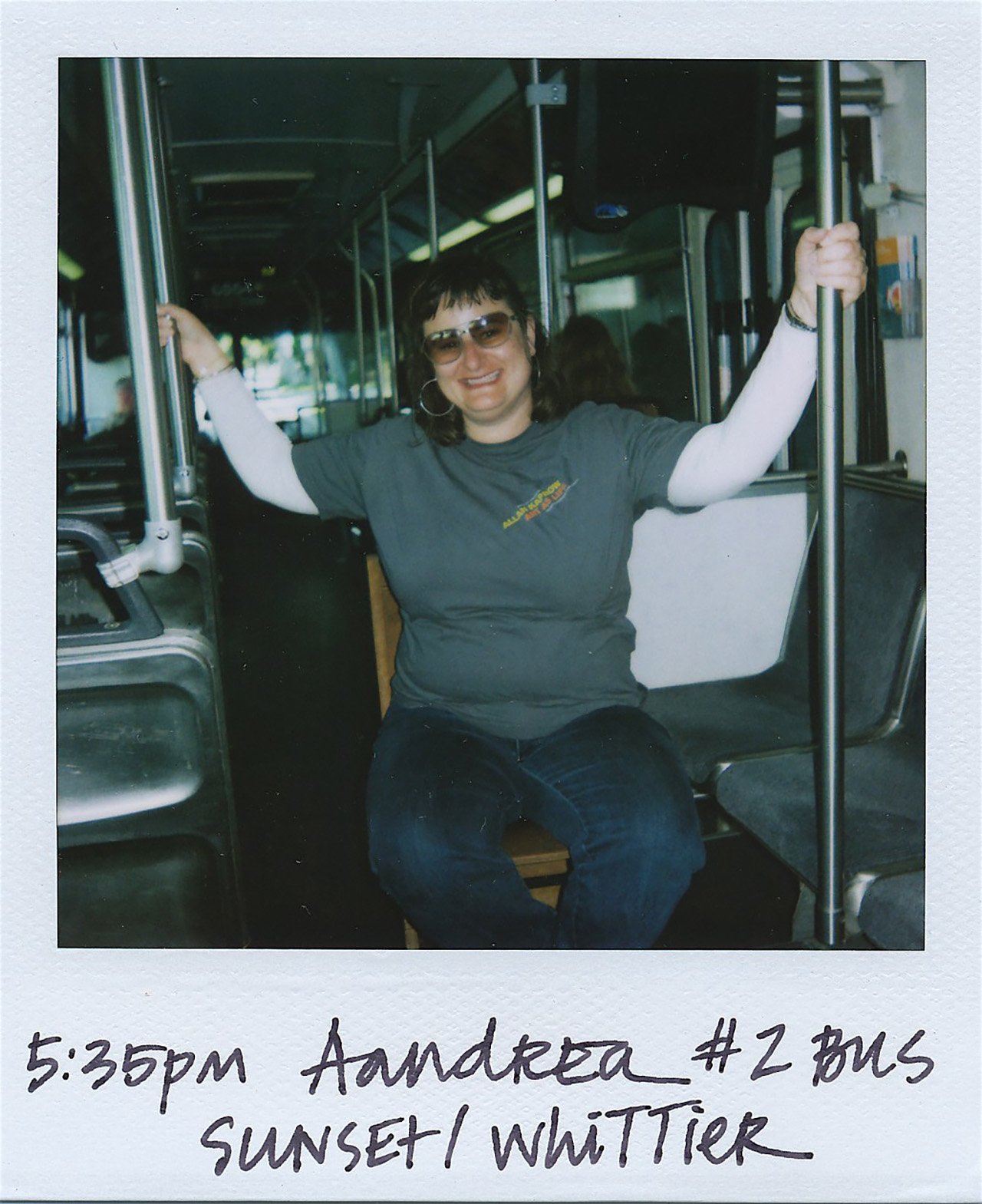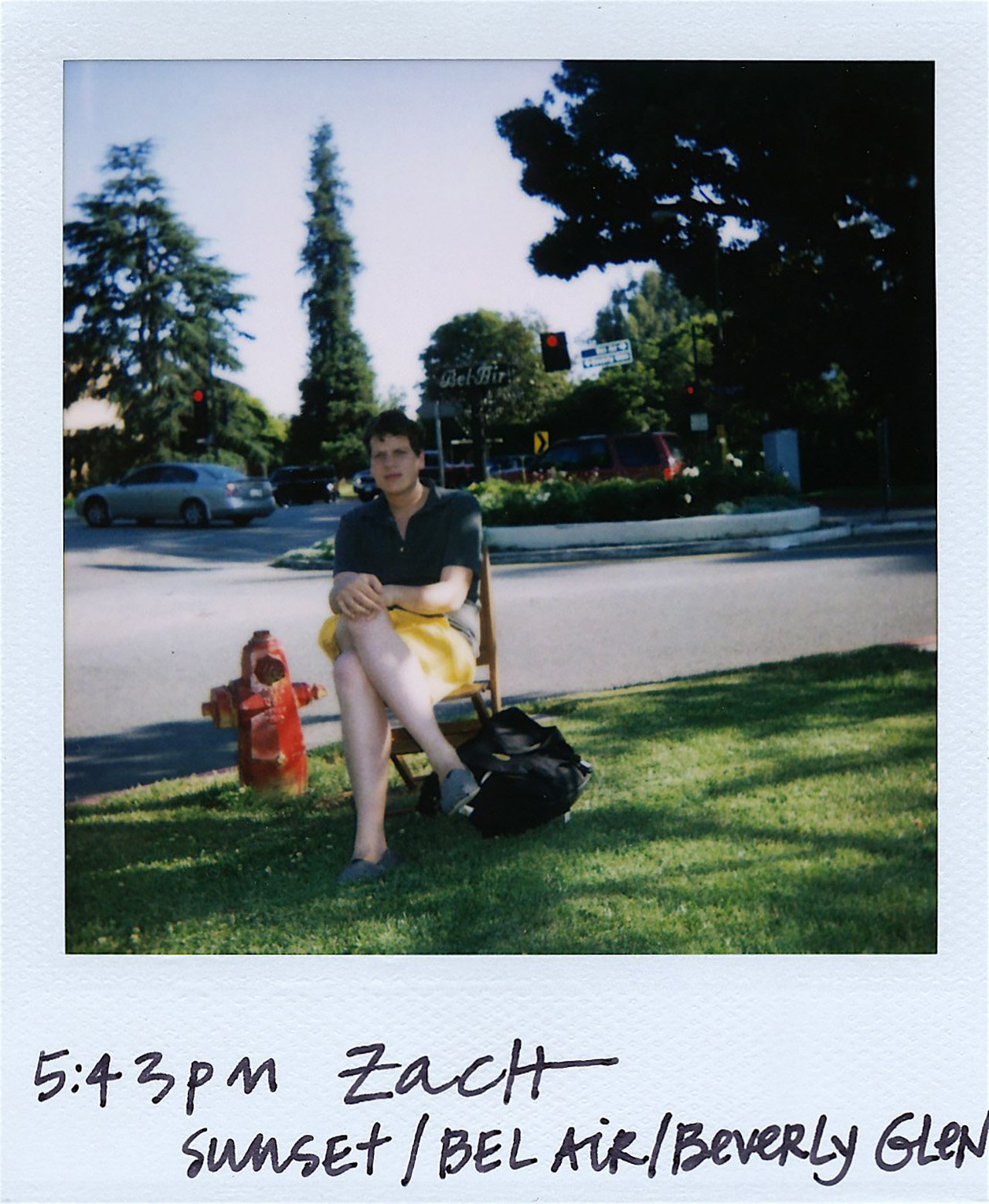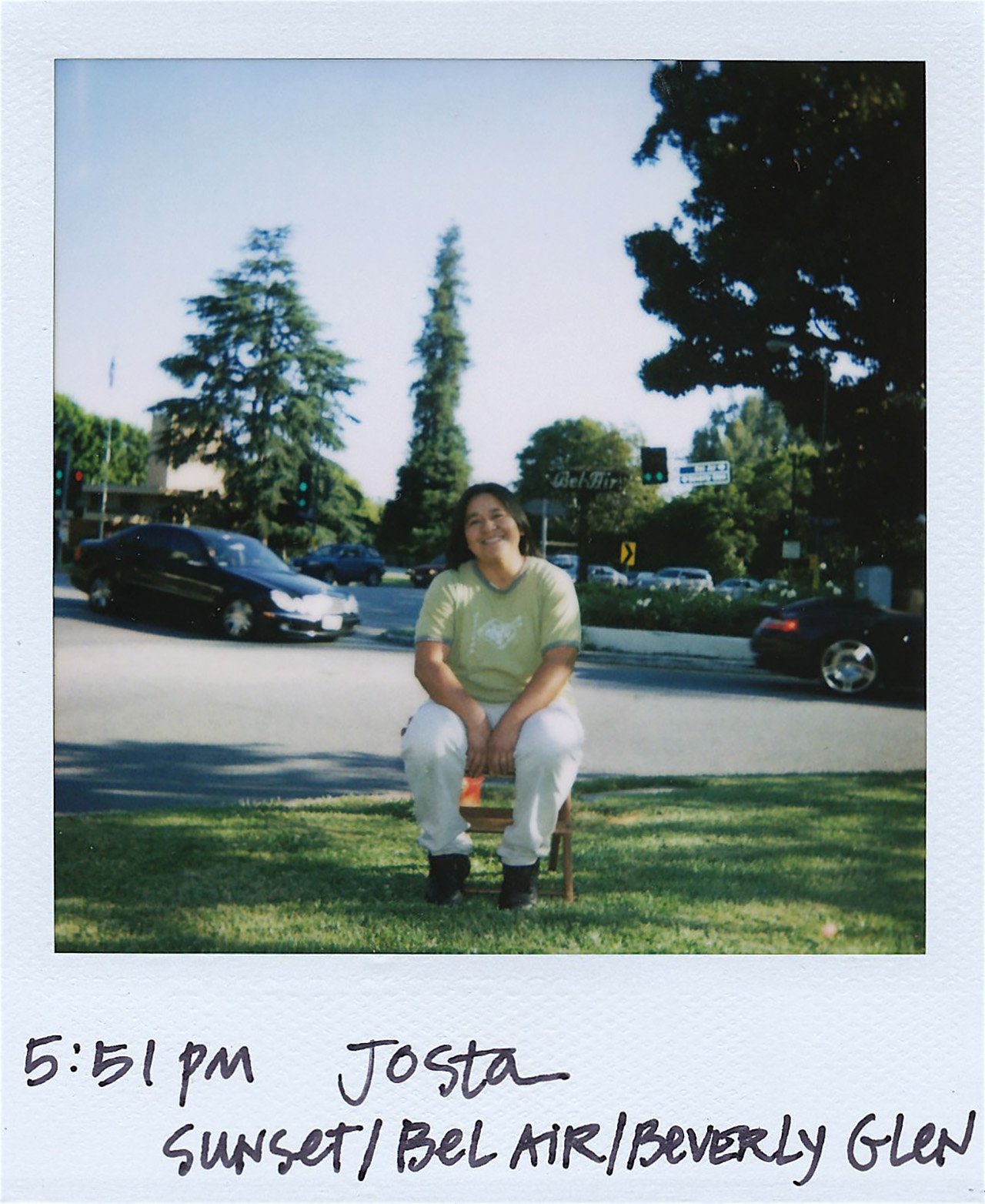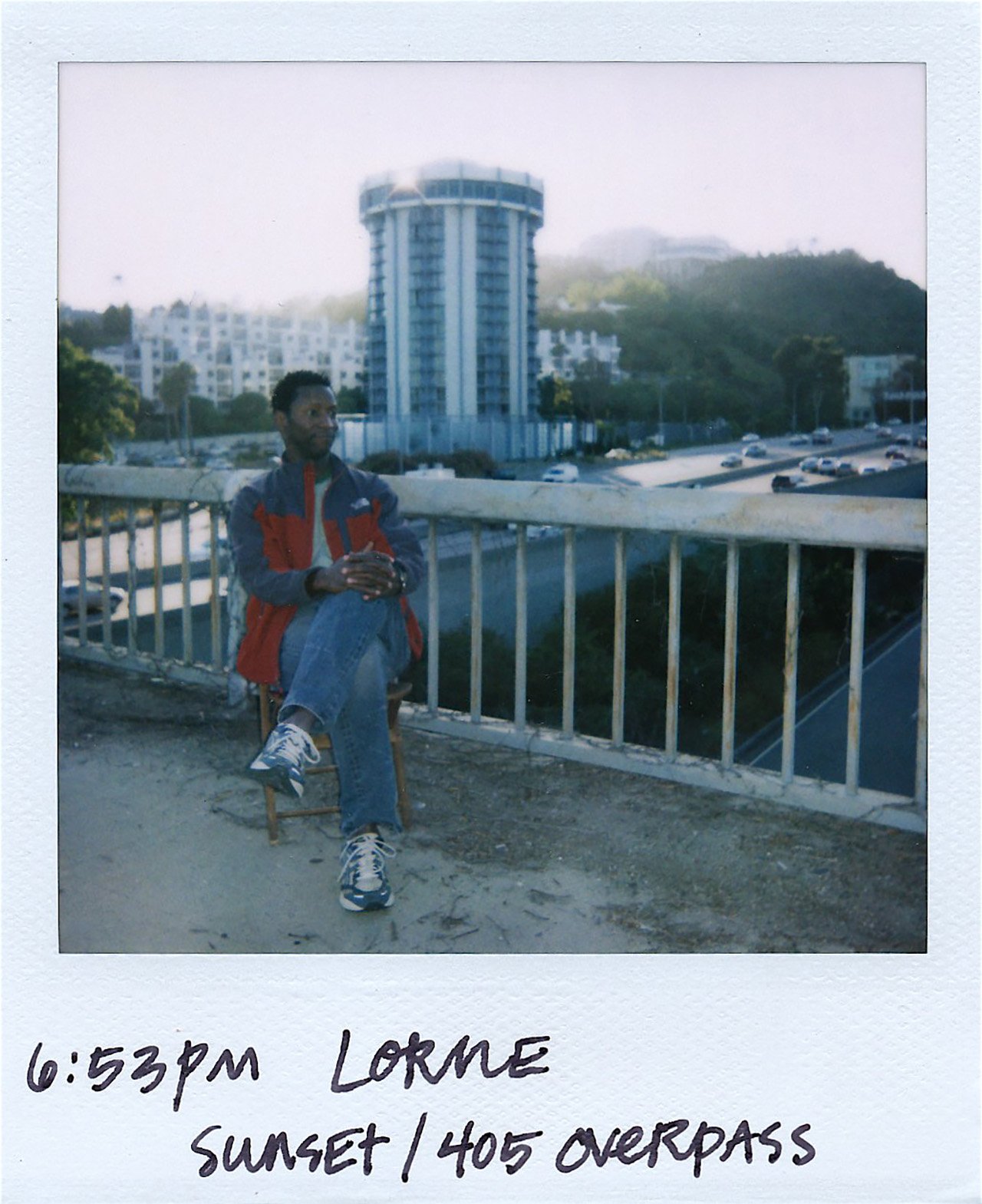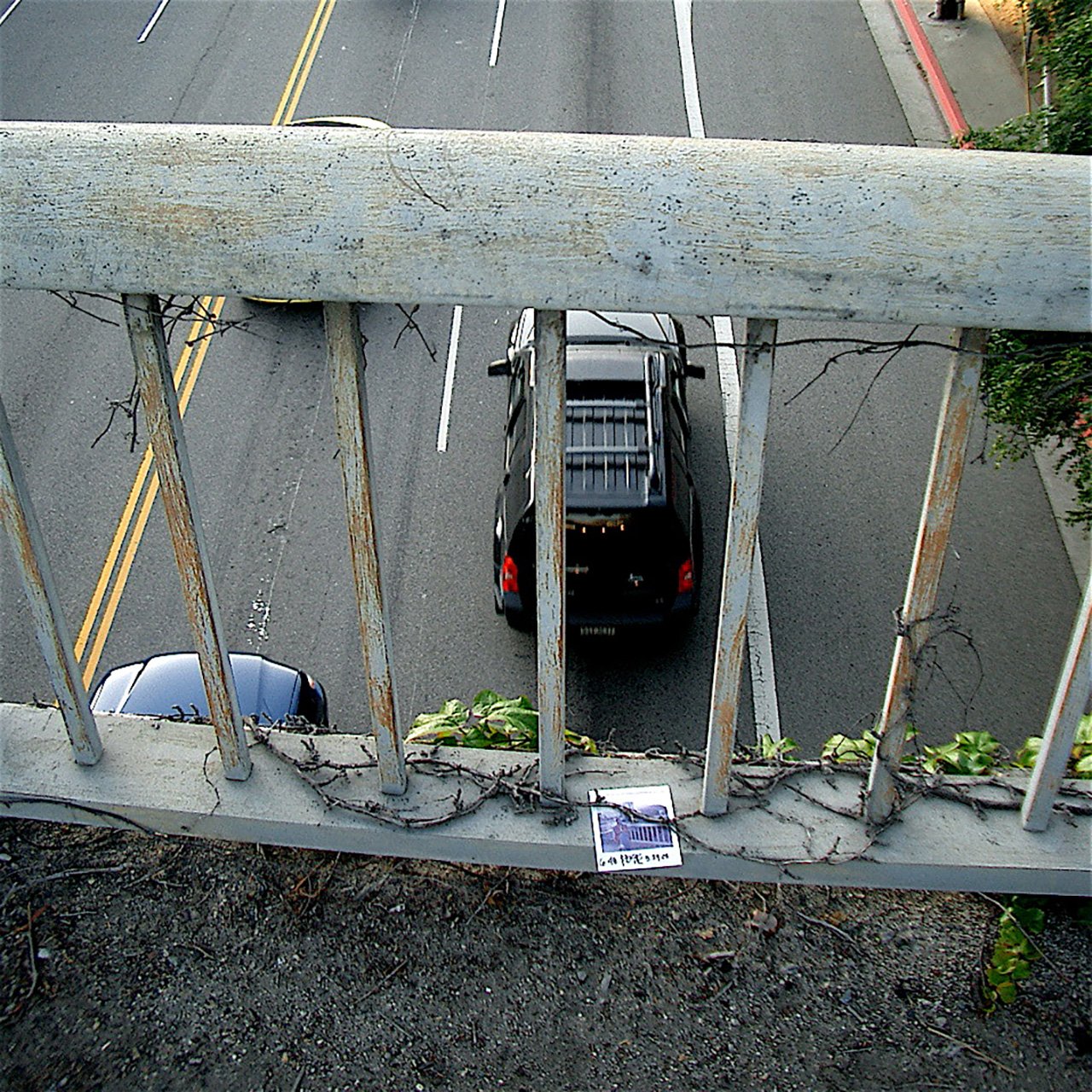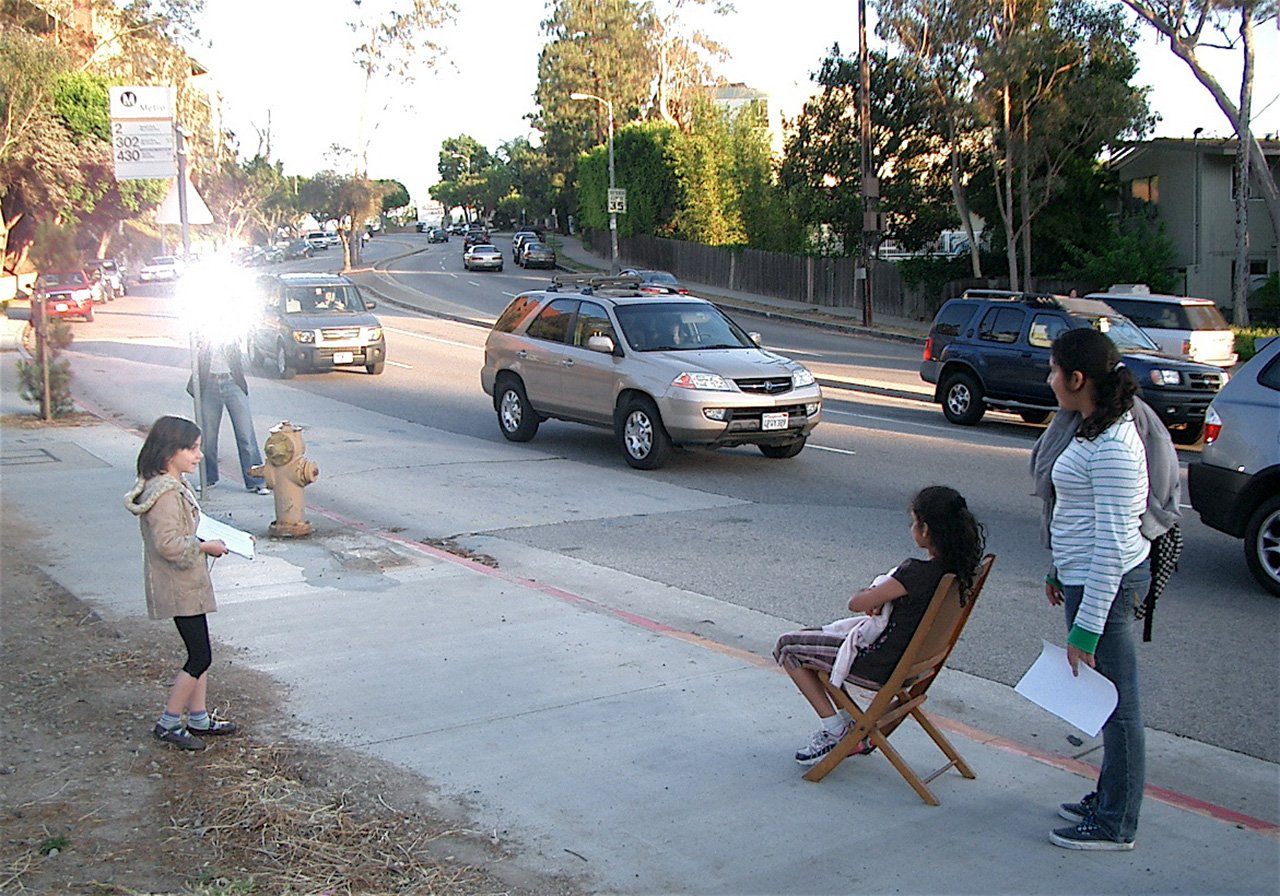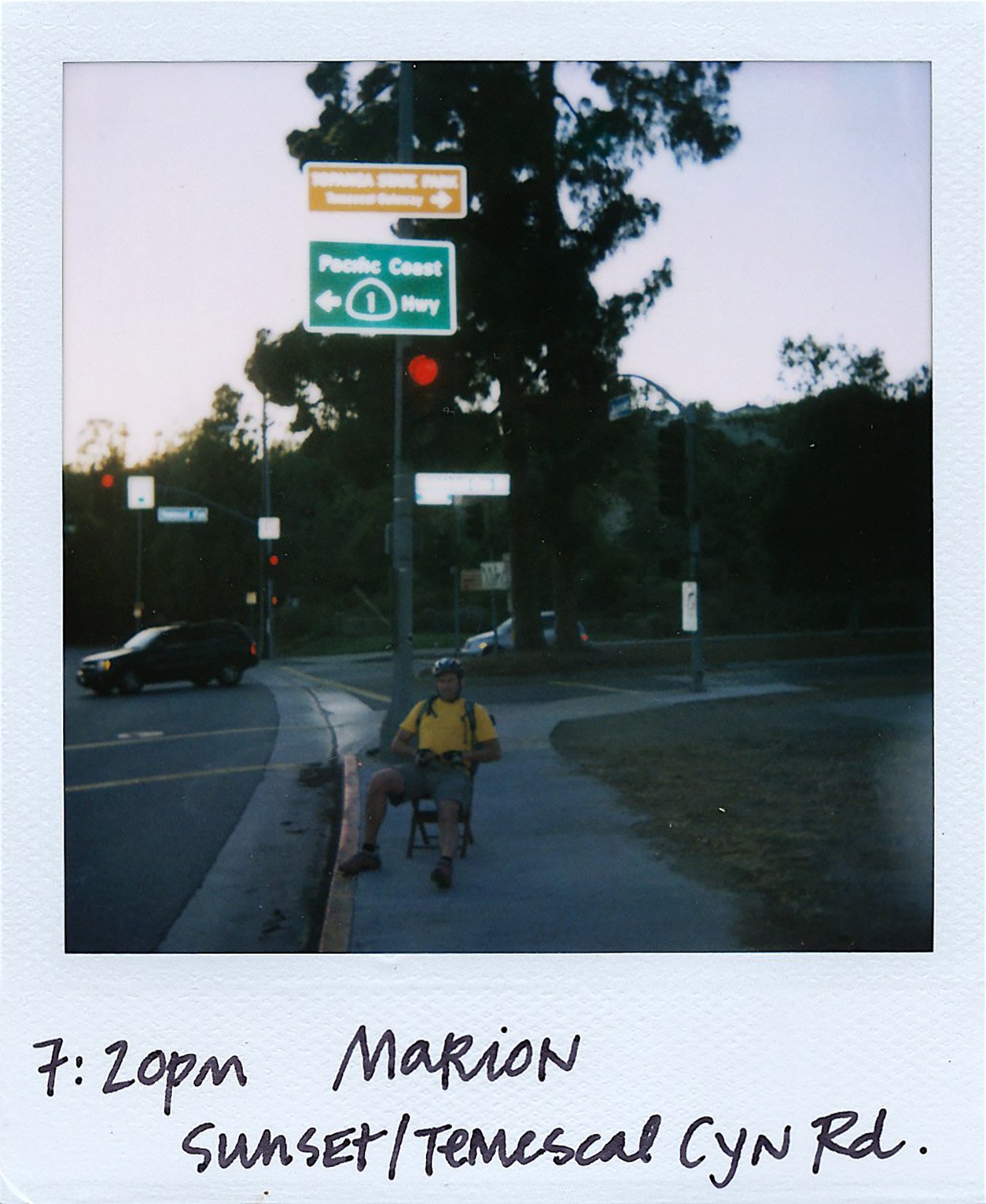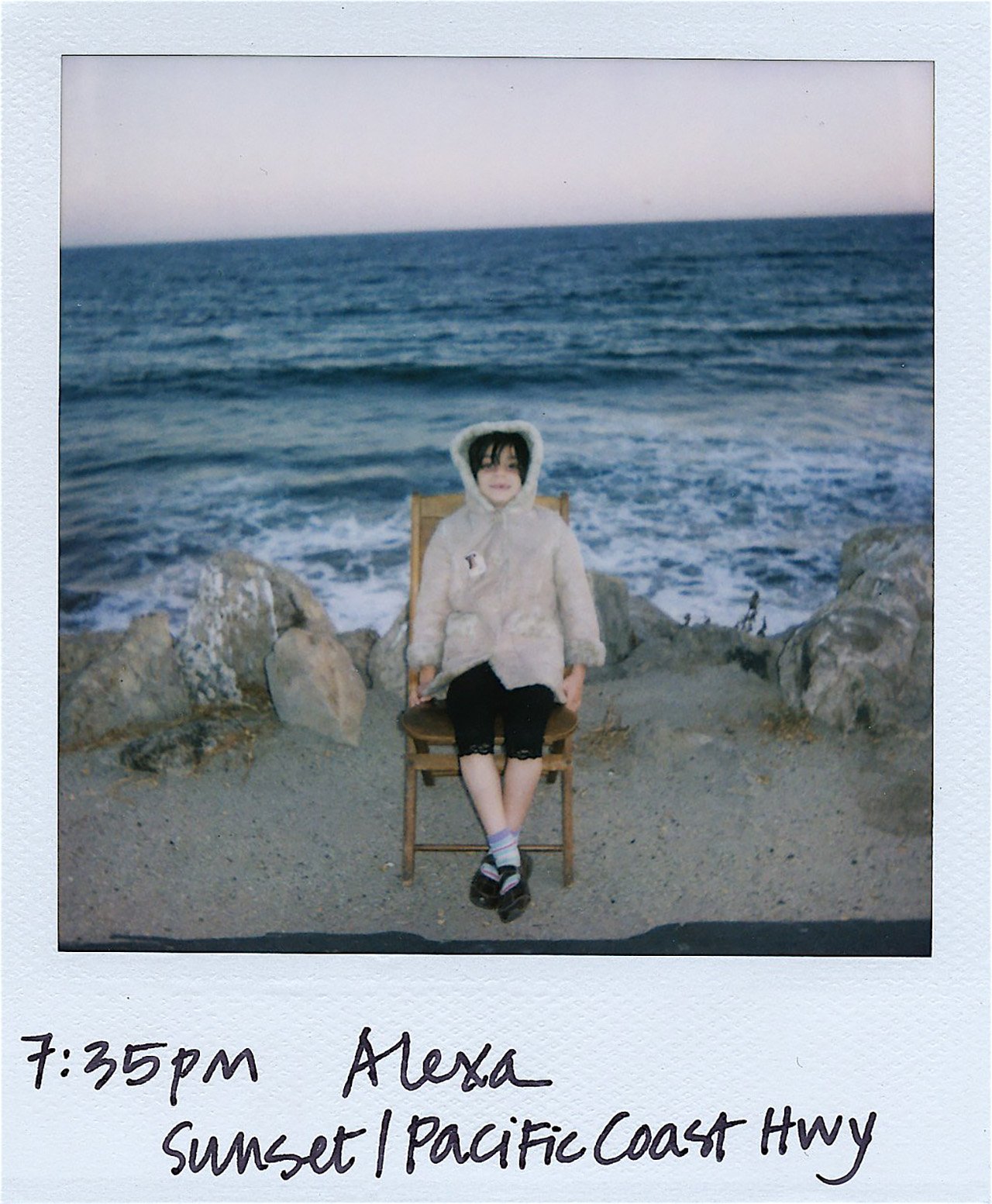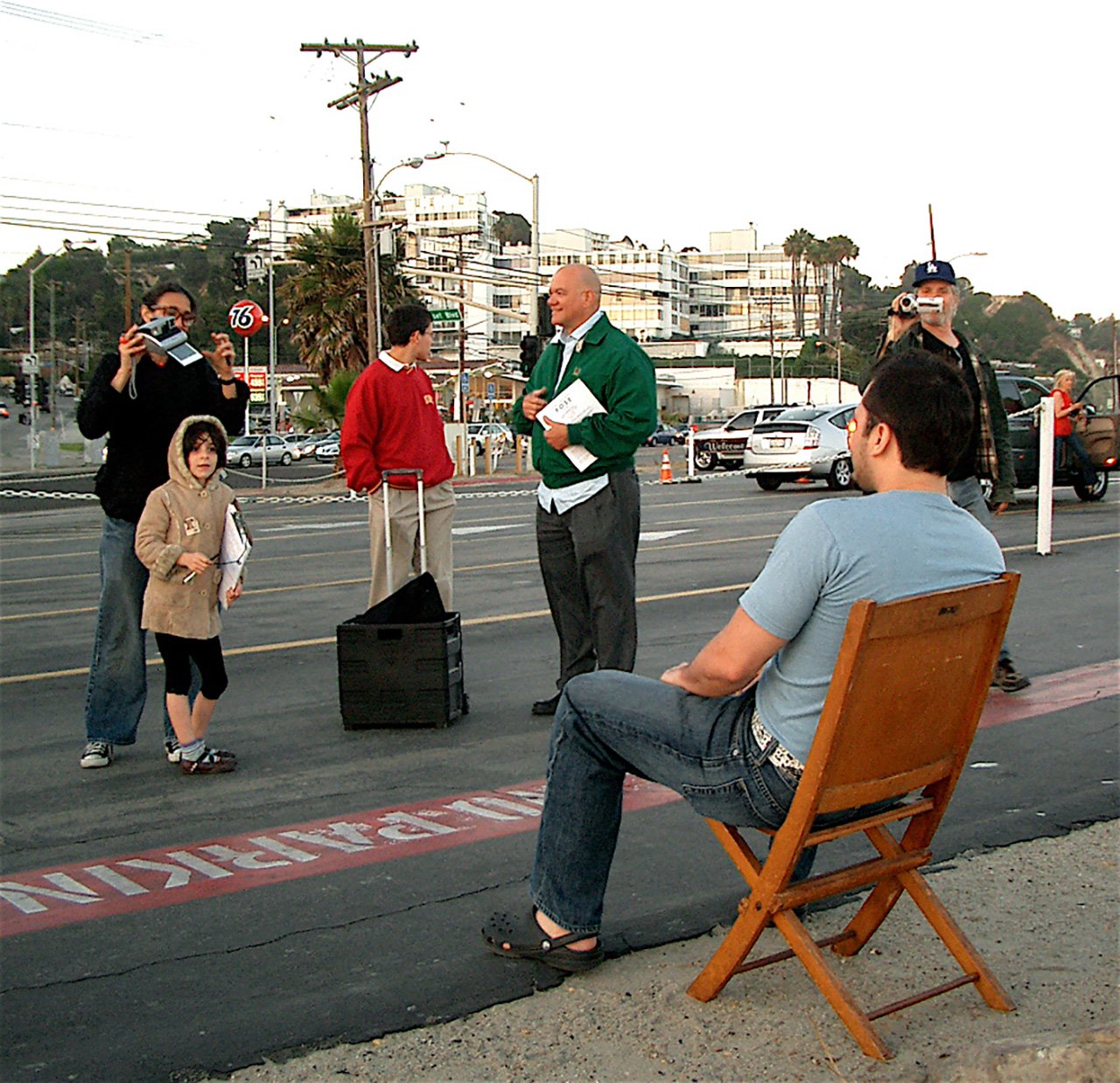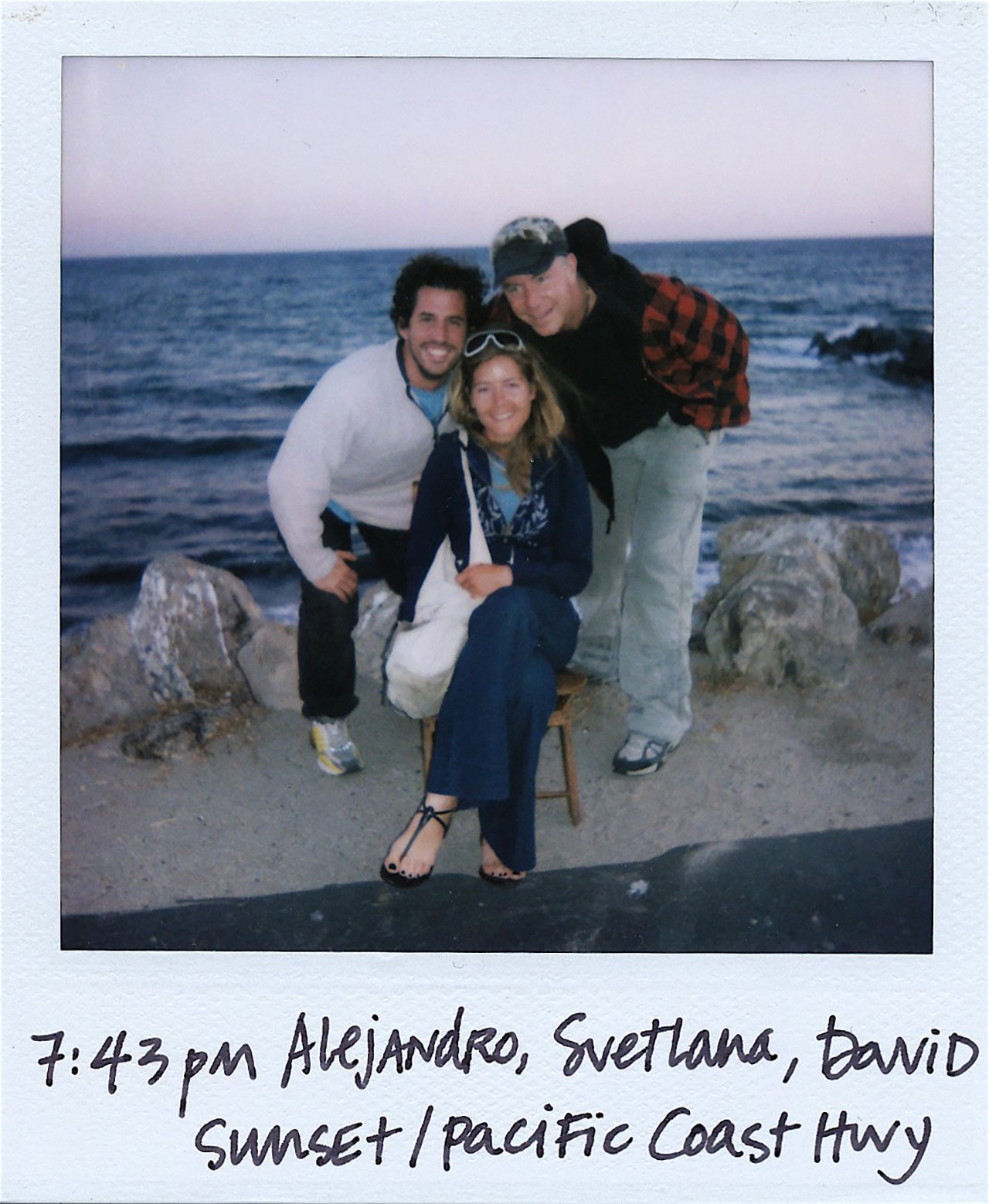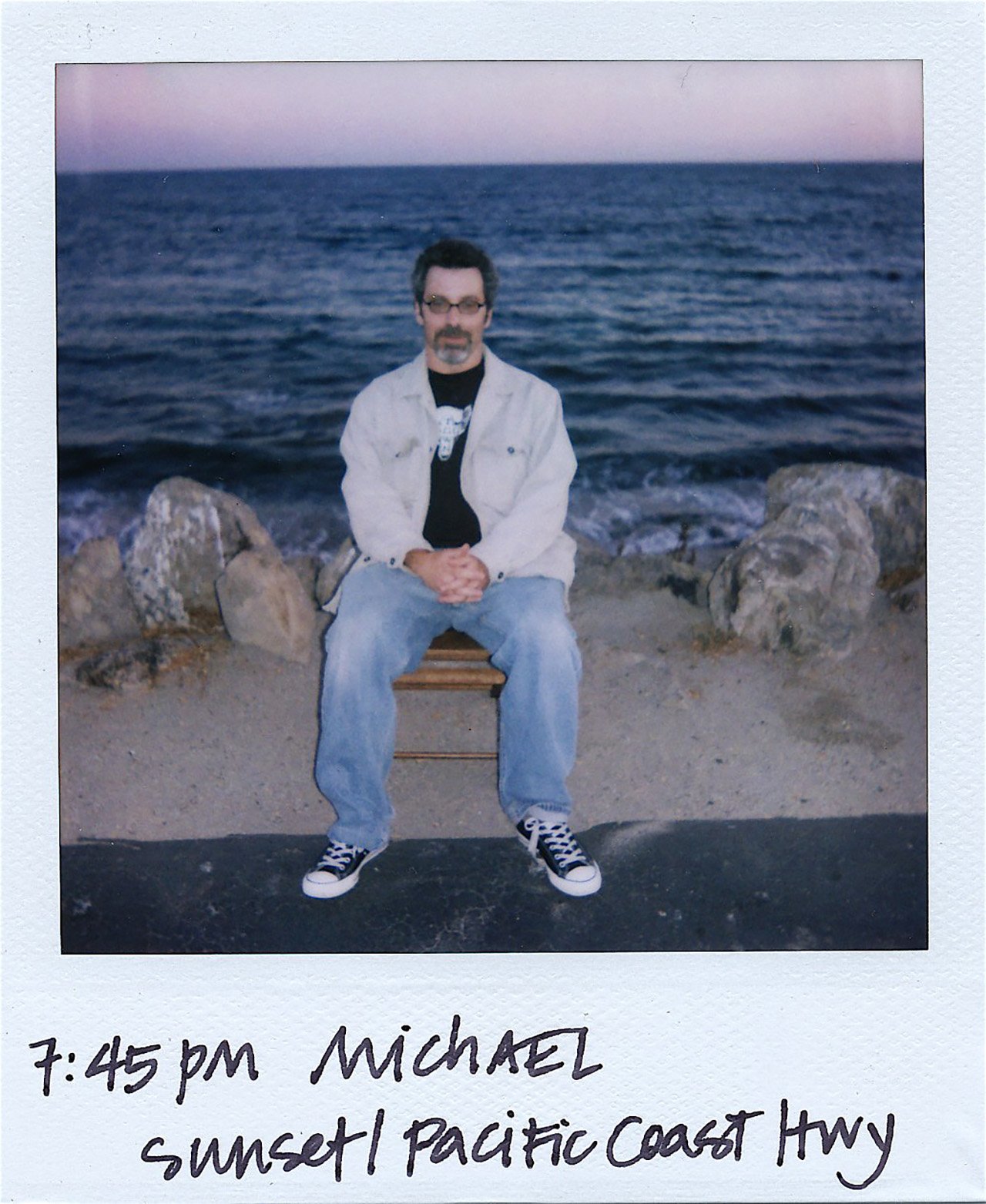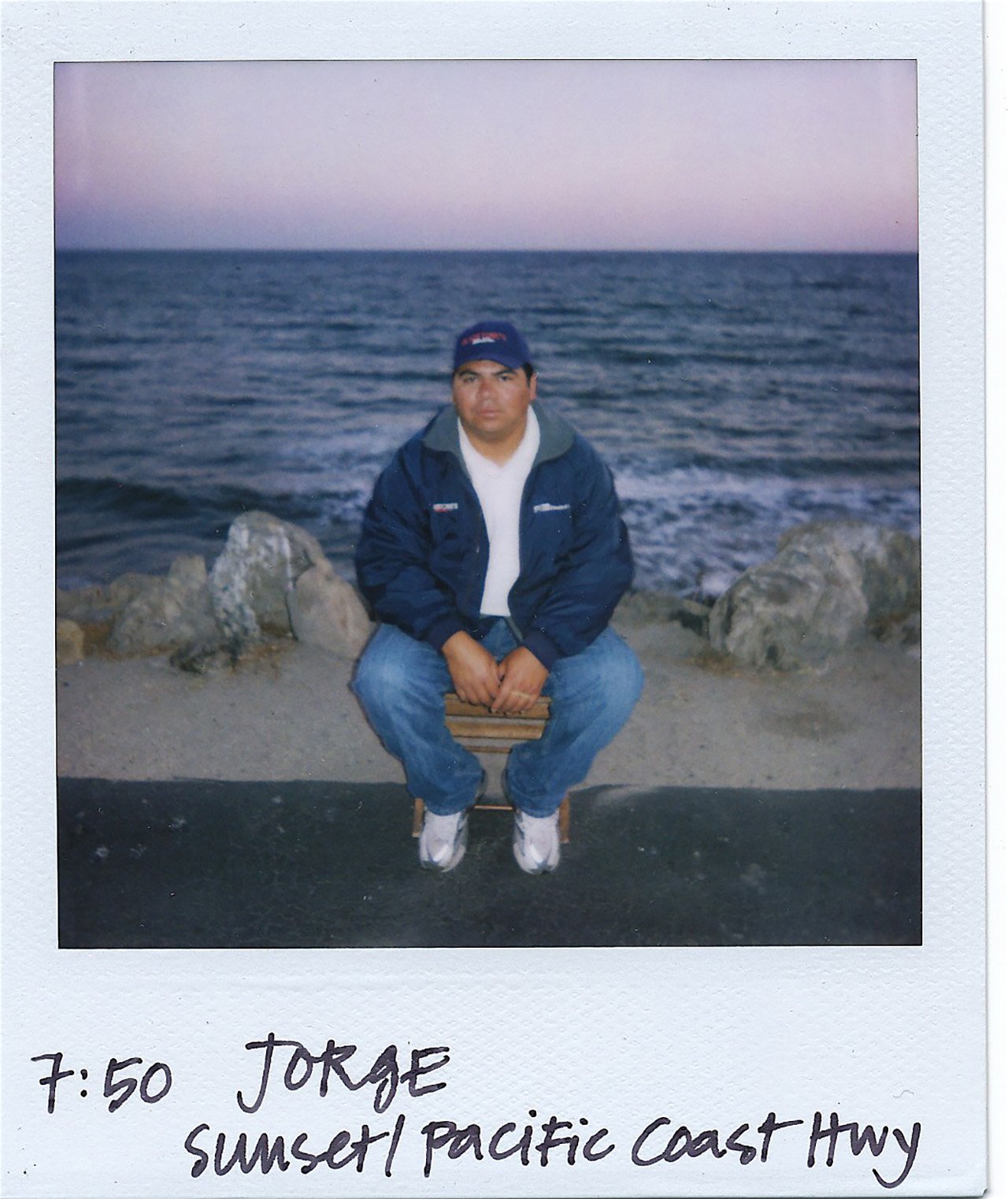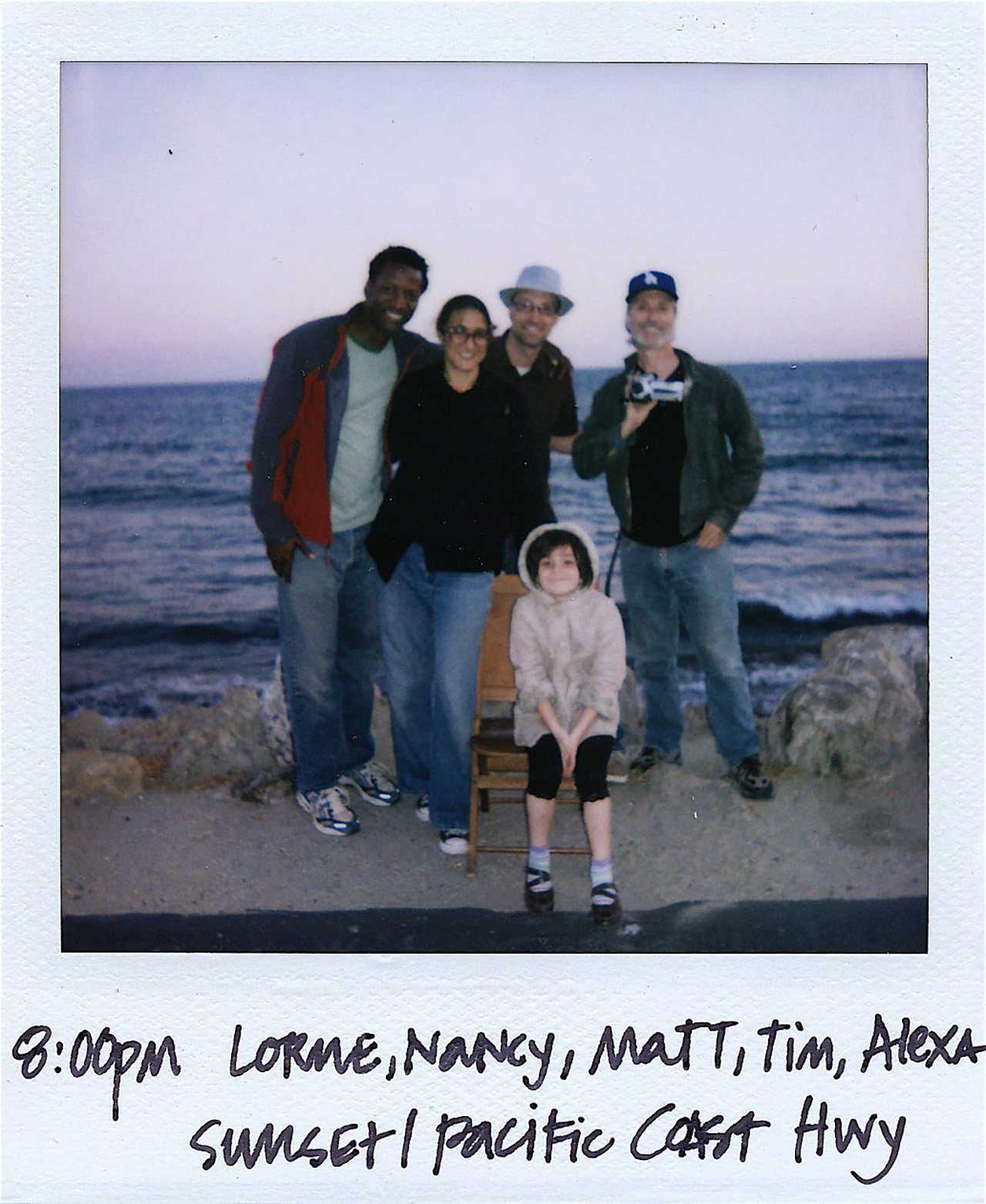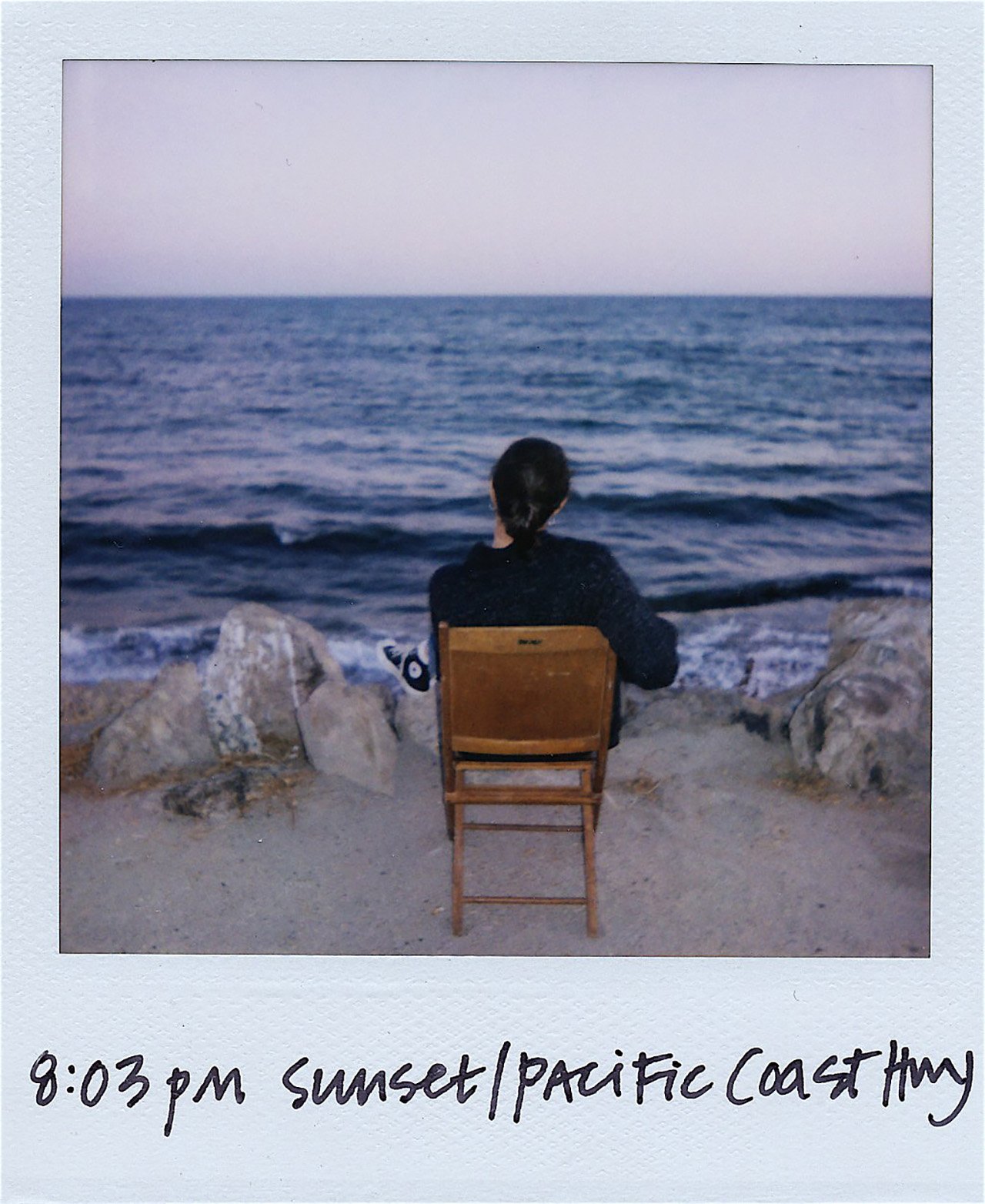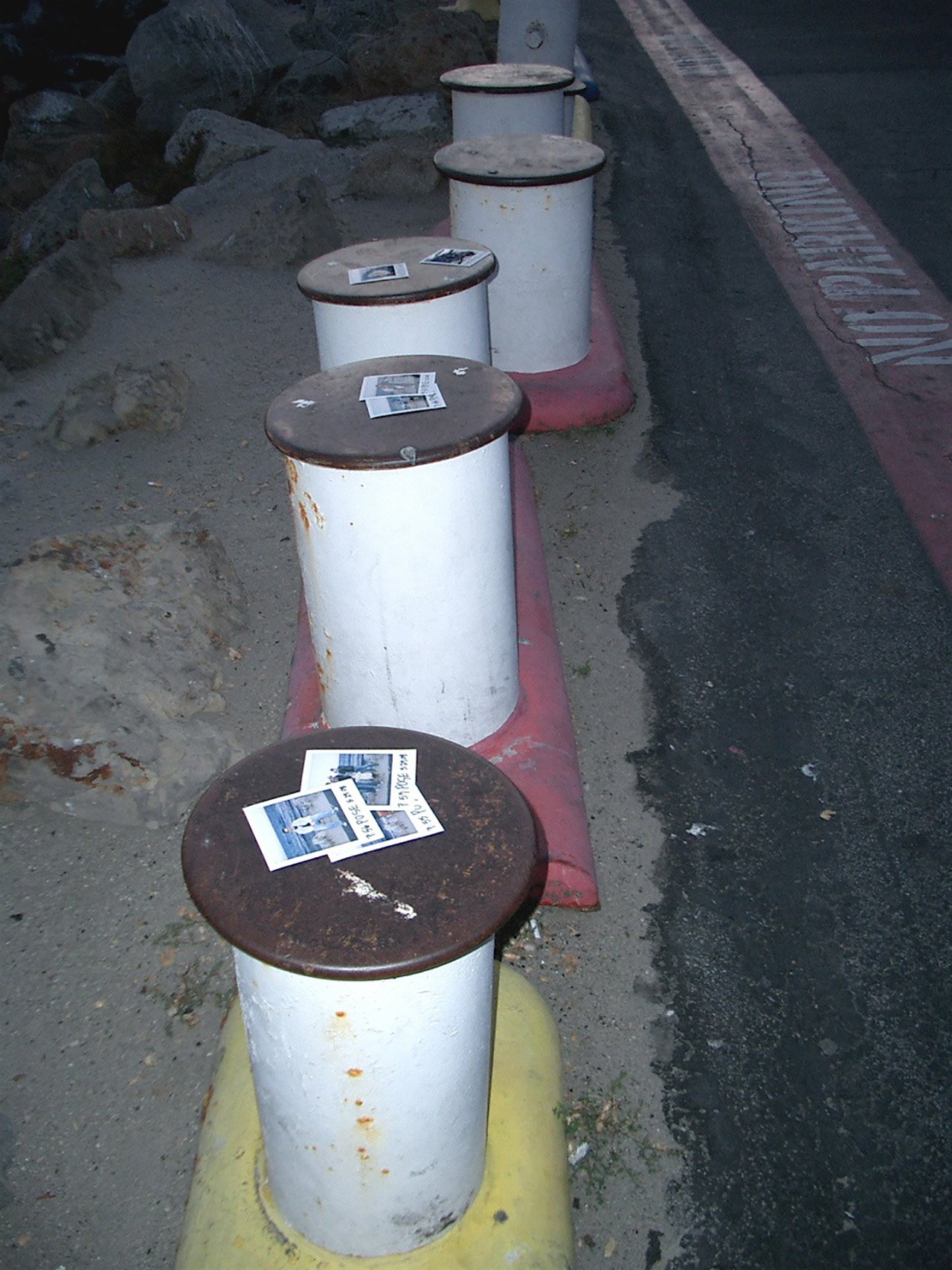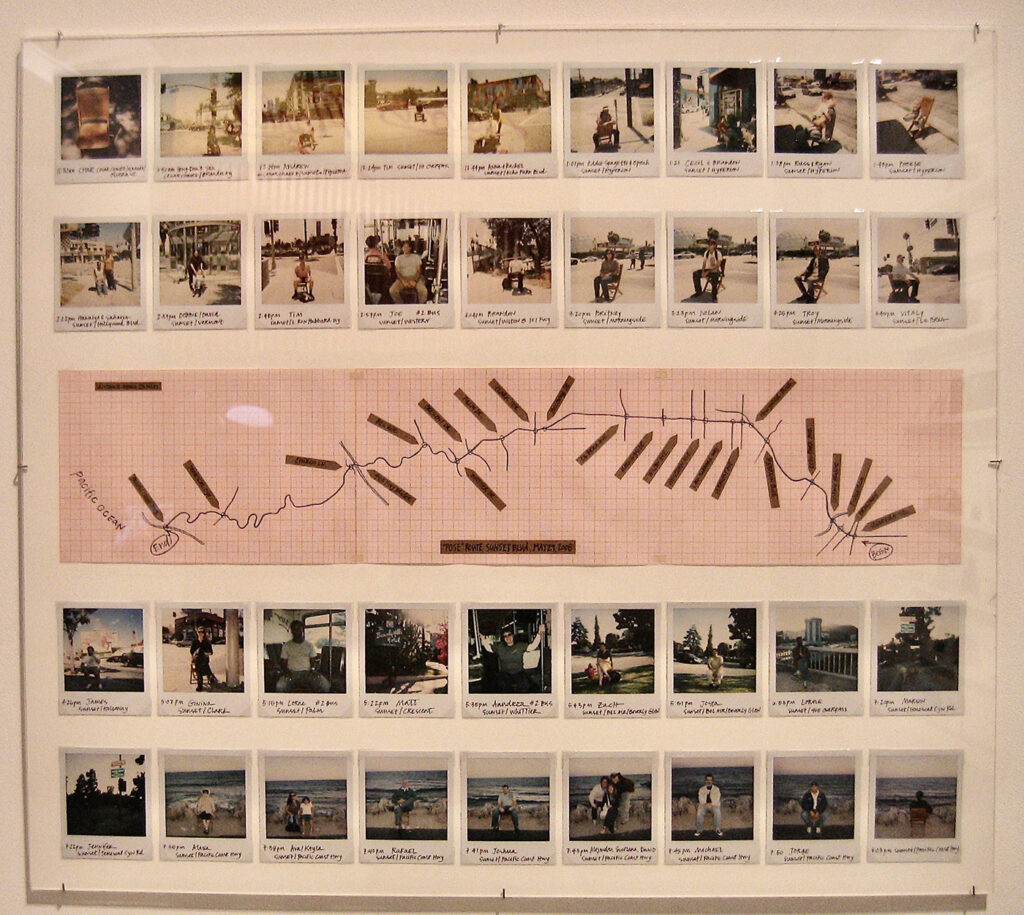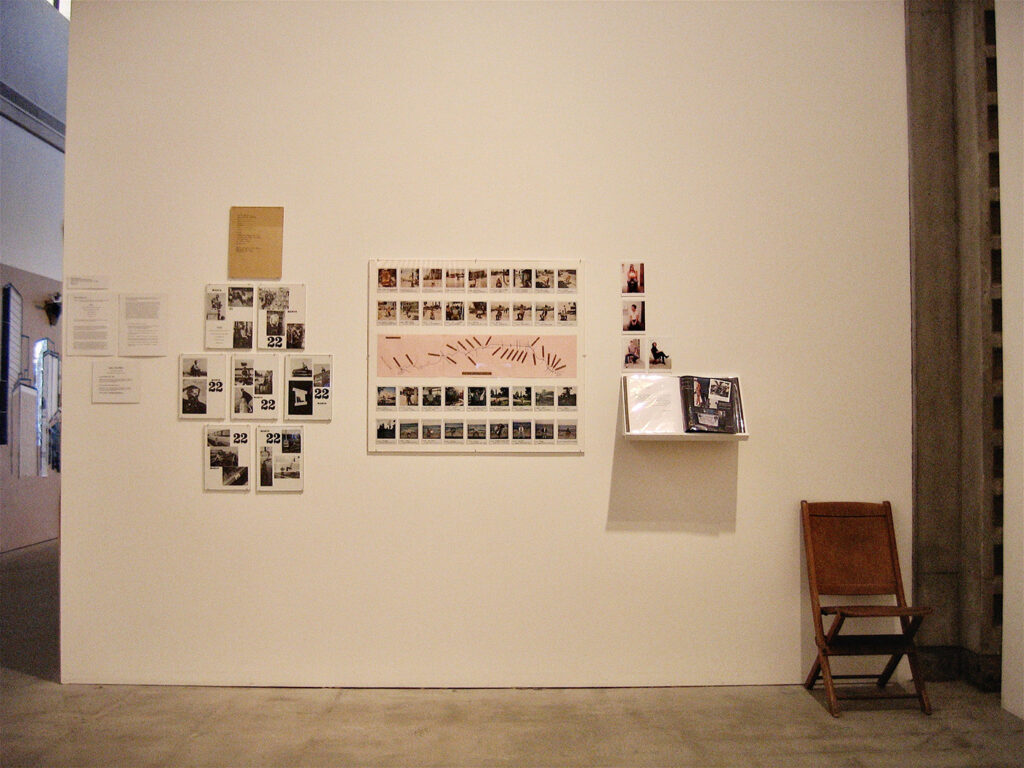Category
with Critical Mass Performance Groupa re-creation of a Happening by Allan Kaprow
in collaboration with MOCA’s “Allan Kaprow—Art As Life” exhibition
Reinvented by Critical Mass Performance Group
Thursday, May 29, 2008 • 11am-7pm
from Cesar E. Chavez Ave. @ Alameda St.
to Sunset Blvd. @ the Pacific Ocean [22 miles]
Kaprow’s “score” for POSE:
CARRYING CHAIRS THROUGH THE CITY
SITTING DOWN HERE AND THERE
PHOTOGRAPHED
PIX LEFT ON SPOT
GOING ON
About
Allan Kaprow’s original Happening, “Pose,” occurred March 22-23, 1969, in and around
Berkeley, CA.
On May 29, 2008, Critical Mass Performance Group reinvented “Pose,” as part of the Allan Kaprow—Art as Life exhibition at The Los Angeles Museum of Contemporary Art, organized by the Haus der Kunst, Munich and the Van Abemuseum, Eindhoven.
From 11:00am till 7:00pm, we carried our chair through the city of Los Angeles, traversing the entire length of Sunset Blvd., starting at its historic, original source downtown (now named Cesar Chavez Avenue) at Alameda Street, and ending at the Pacific Ocean in Pacific Palisades, passing through numerous neighborhoods—El Pueblo de Los Angeles, Chinatown, Echo Park, Silver Lake, Hollywood, Brentwood, Pacific Palisades–as well as two separate cities, West Hollywood and Beverly Hills. We traveled by bus, on foot and by car.
What drew us to “Pose” was its simplicity, directness, and whimsy. We were interested in the possibilities for engagement with people on the street, as well as the future interactions of people with the photographs left in our wake. We chose Sunset Blvd. for two key reasons: 1) it is an iconic symbol of Los Angeles with important, historic sites, resonating in the psyches of people all over the world, and 2) it spans much of the width of the city, running approximately 22 miles through a vast diversity of socio-economic, ethnic, cultural communities.
As per Kaprow’s instructions, the chair was “carried” through the city, sitters sat down “here and there,” and were photographed in the chair, and the photos were left at each spot. At each stop, people on the street were invited to sit in the chair and pose for a photograph. This created an interactive dynamic with the public, and, in this most diverse and de-centralized city, wove a tenuous thread of continuity and unity, if only for a few hours, as we journeyed across town. Besides the location, one striking difference from Kaprow’s original piece, was that all participants were required to sign a license agreement for MOCA and the Kaprow Estate, for the use of their images. This intervention of bureaucracy put a damper on any real kind of spontaneity and probably was anathema to Kaprow’s original intent. Nevertheless, the spirit of fun prevailed. Sunset Blvd. became the canvas of the day; the event was as much about people posing in the chair, as it was about posing the chair on the street, and posing the street, itself.
Happenings coordinated by The Museum of Contemporary Art, Los Angeles, and made possible by generous support from the Getty Foundation. “Allen Kaprow-Art as Life” organized by the Haus der Kunst, Munich, and the Van Abbemuseum, Eindhoven. On view at The Geffen Contemporary at MOCA, March 23 – June 30, 2008.
“Actions, Conversations, and Intersections”
In 2010, we were invited to exhibit the documentation from our “Pose” Happening at a group show called, “Actions, Conversations and Intersections,” curated by Edith Abeyta and Michael Lewis Miller, at the Los Angeles Municipal Gallery at Barnsdall Park. Our installation was composed of photographs, map of our route, notes, and the special chair, as well as Kaprow’s multiple from his 1969 POSE event. Visitors were invited to sit in the chair and be photographed; those photos were collected and became part of the exhibit.
Allan Kaprow (August 23, 1927 – April 5, 2006) was an American painter, assemblagist and a pioneer in establishing the concepts of performance art. He helped to develop the theory and practice of the “Environment” and “Happening” in the late 1950s and 1960s. Fluxus, performance art, and installation art were, in turn, influenced by his work.
photos: Nancy Keystone, Joe DeMarie





